Diary Entry
After exploring the city of Puno, we leave the car in a commercial garage and stay for three days on one of the floating islands on Lake Titicaca. There is a large cluster of artificial islands made of reeds called uros. Rubens picks us up in his boat and takes us to the island where his family has lived for generations.
He belongs to the Quechua people, who call themselves Runakuna, and he teaches us two words in his language, “aramenticama” (good night) and “camisetaqui” (good morning). The Quechua language was still spoken by the Incas and other peoples of the mountain regions and is therefore living history.
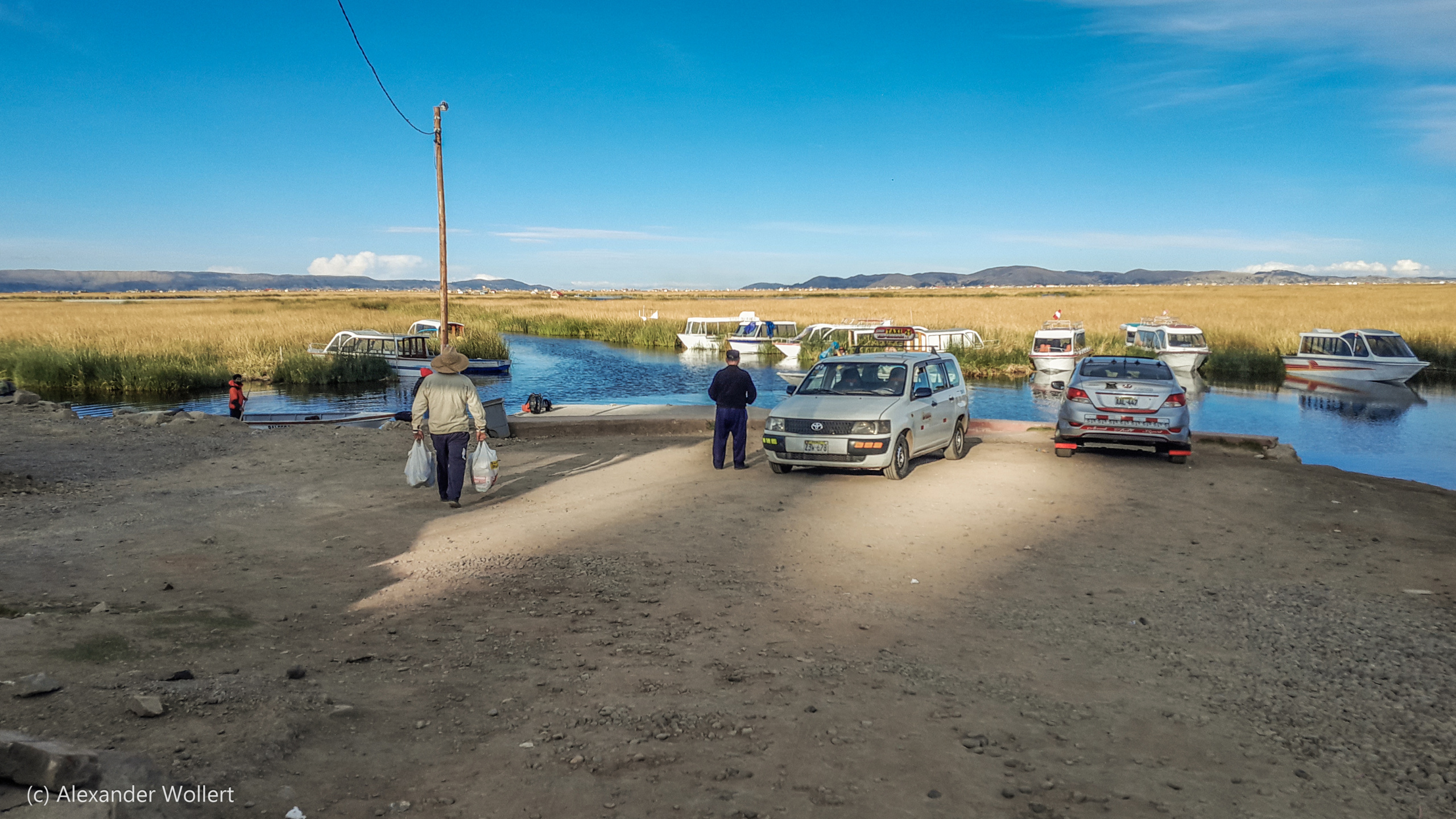
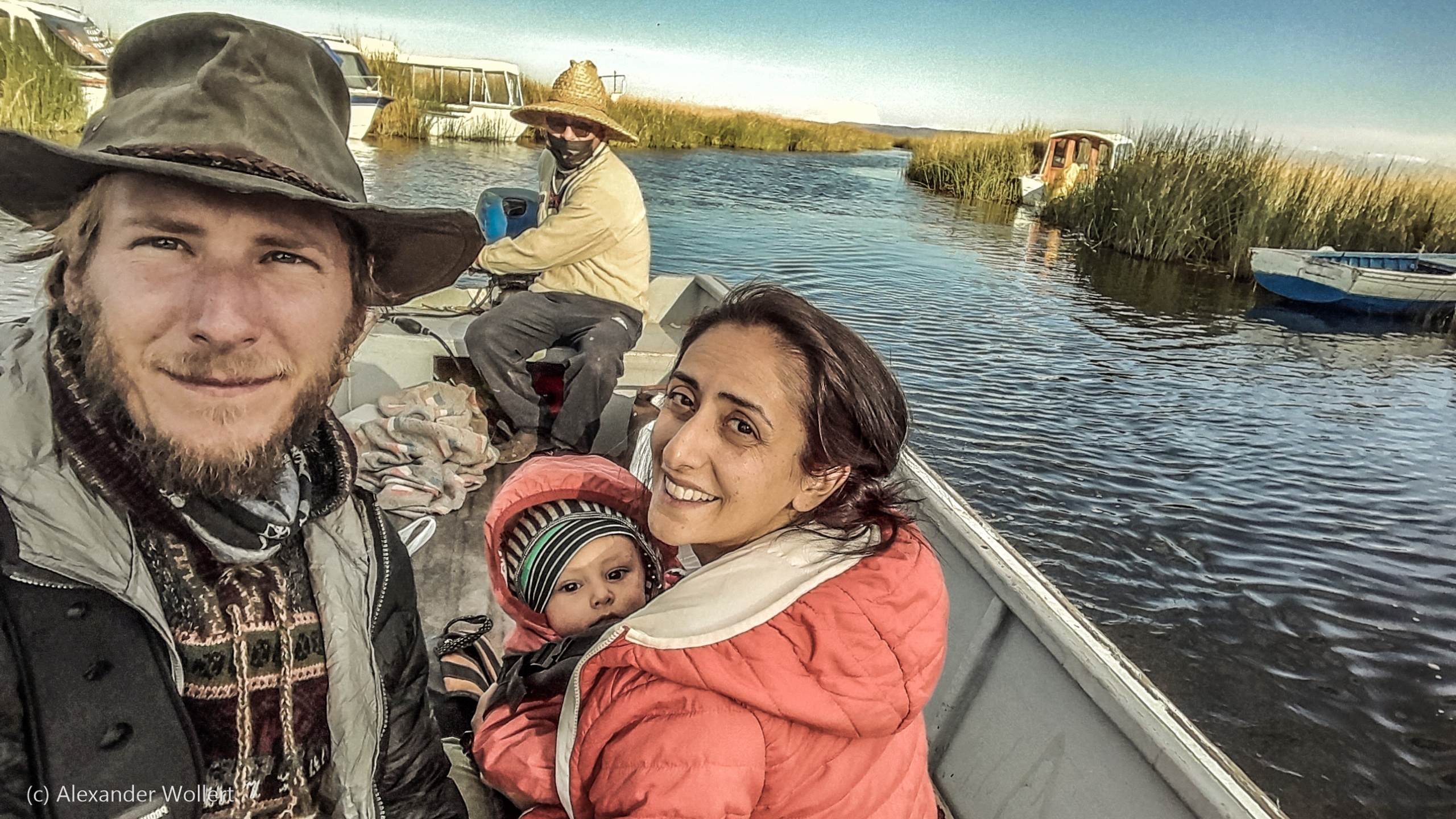
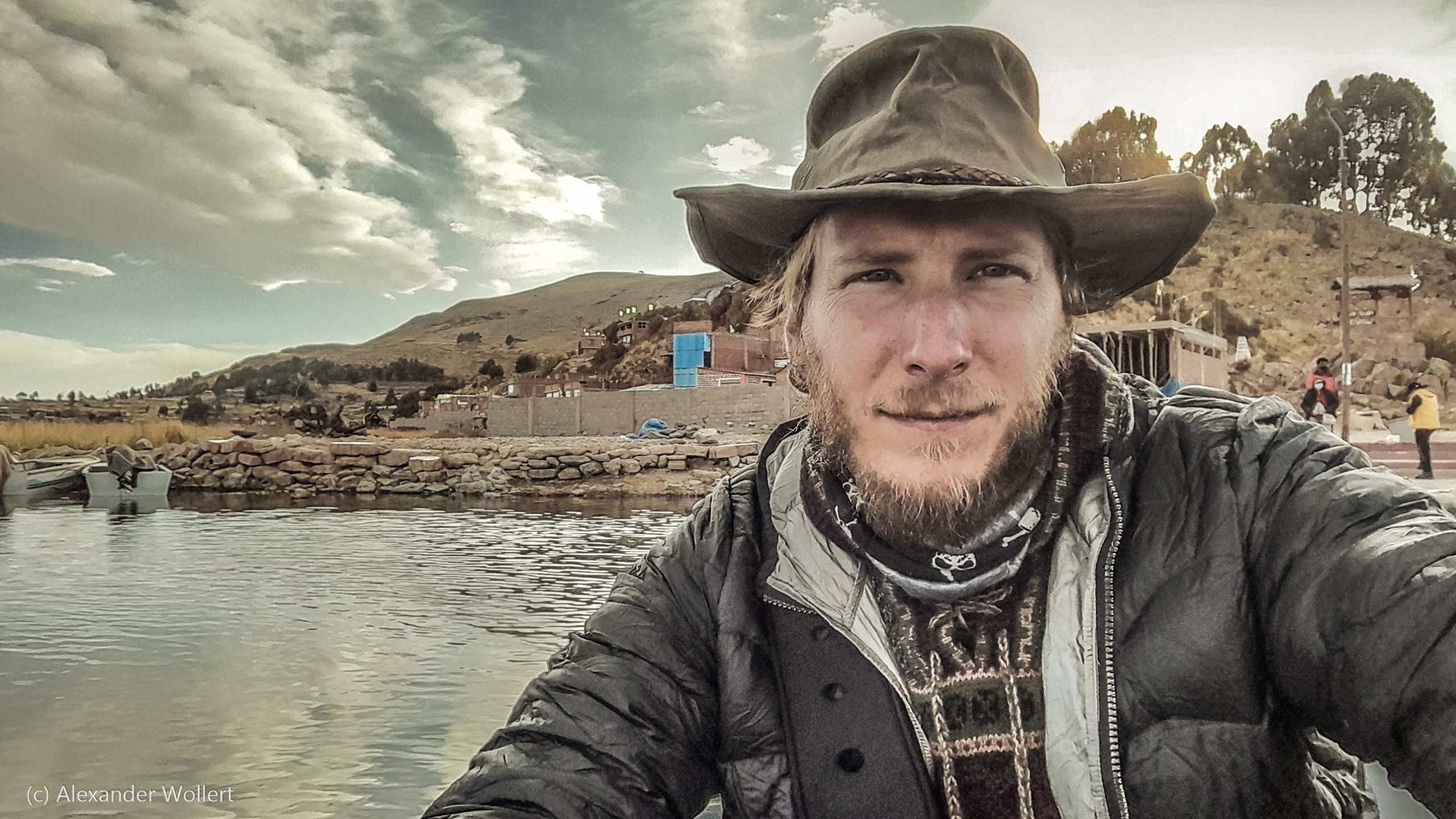
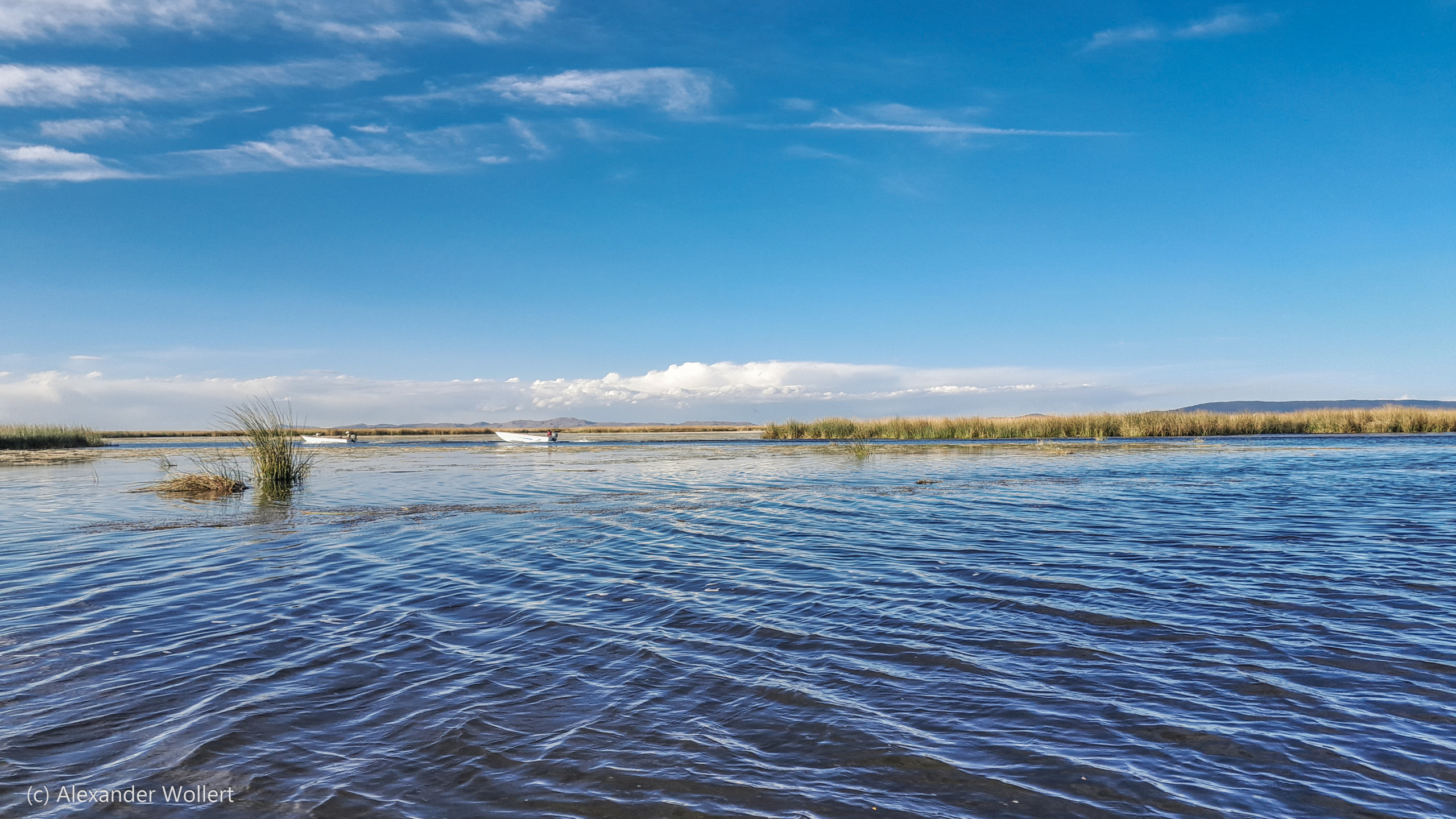

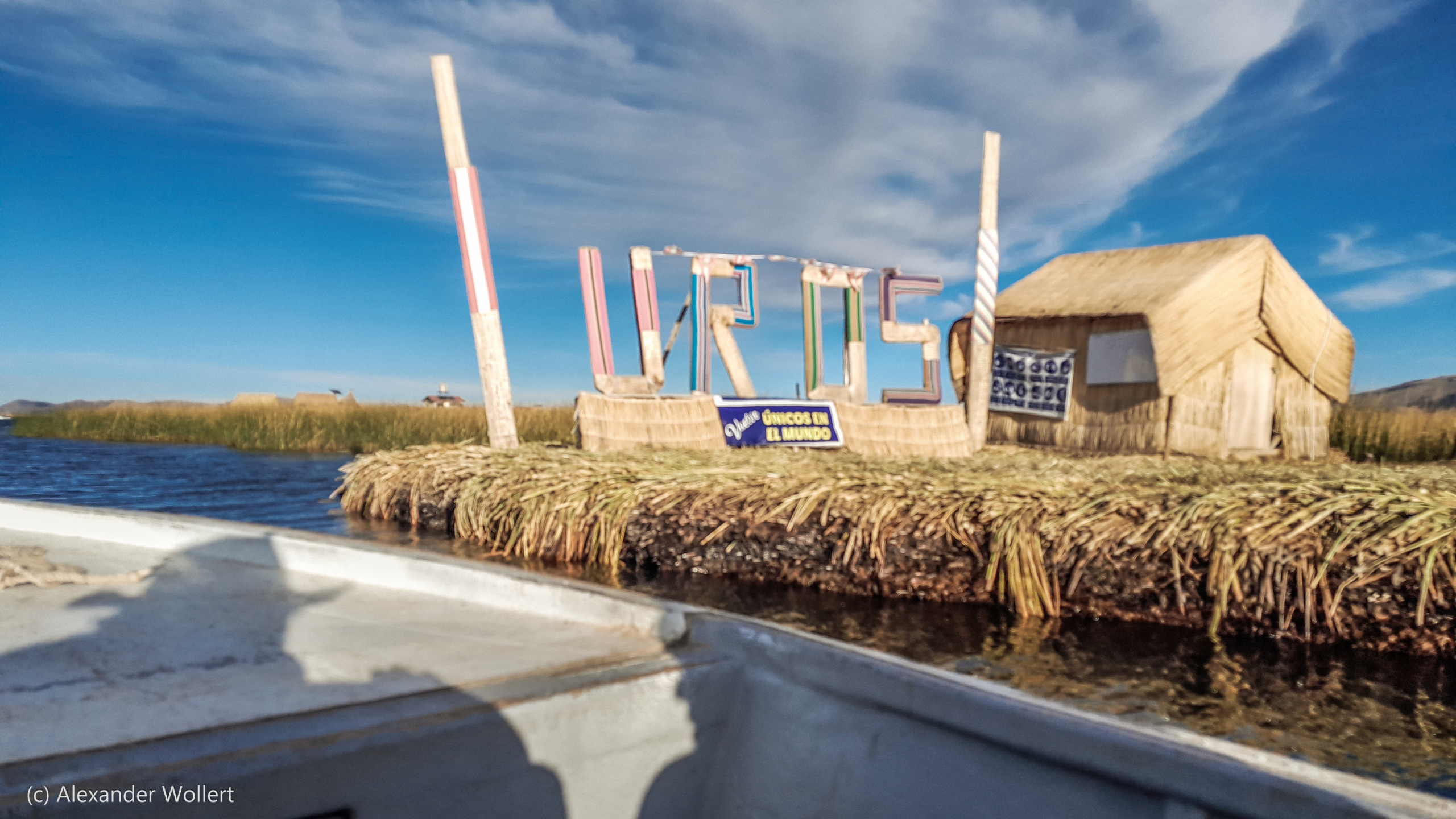
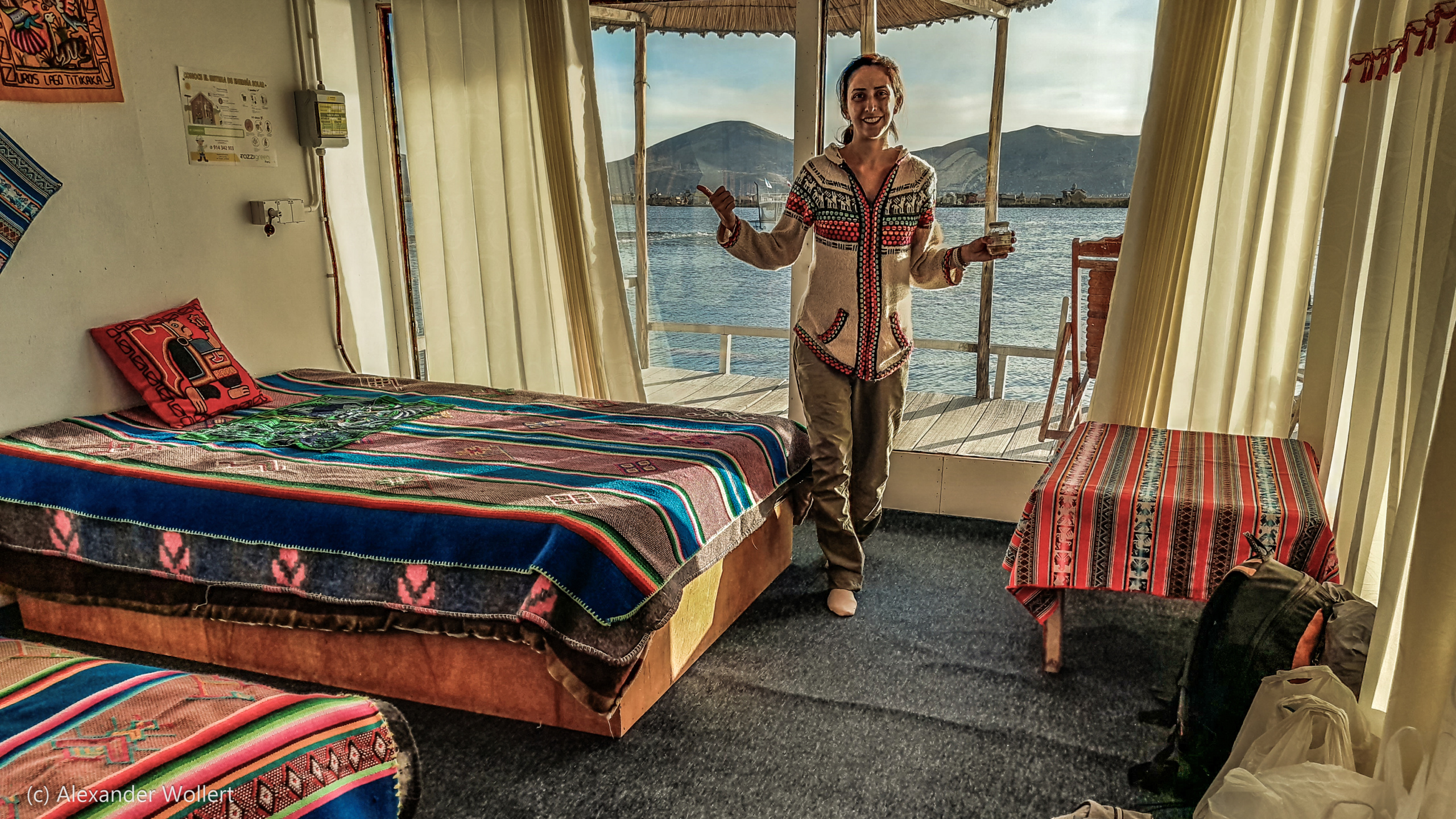

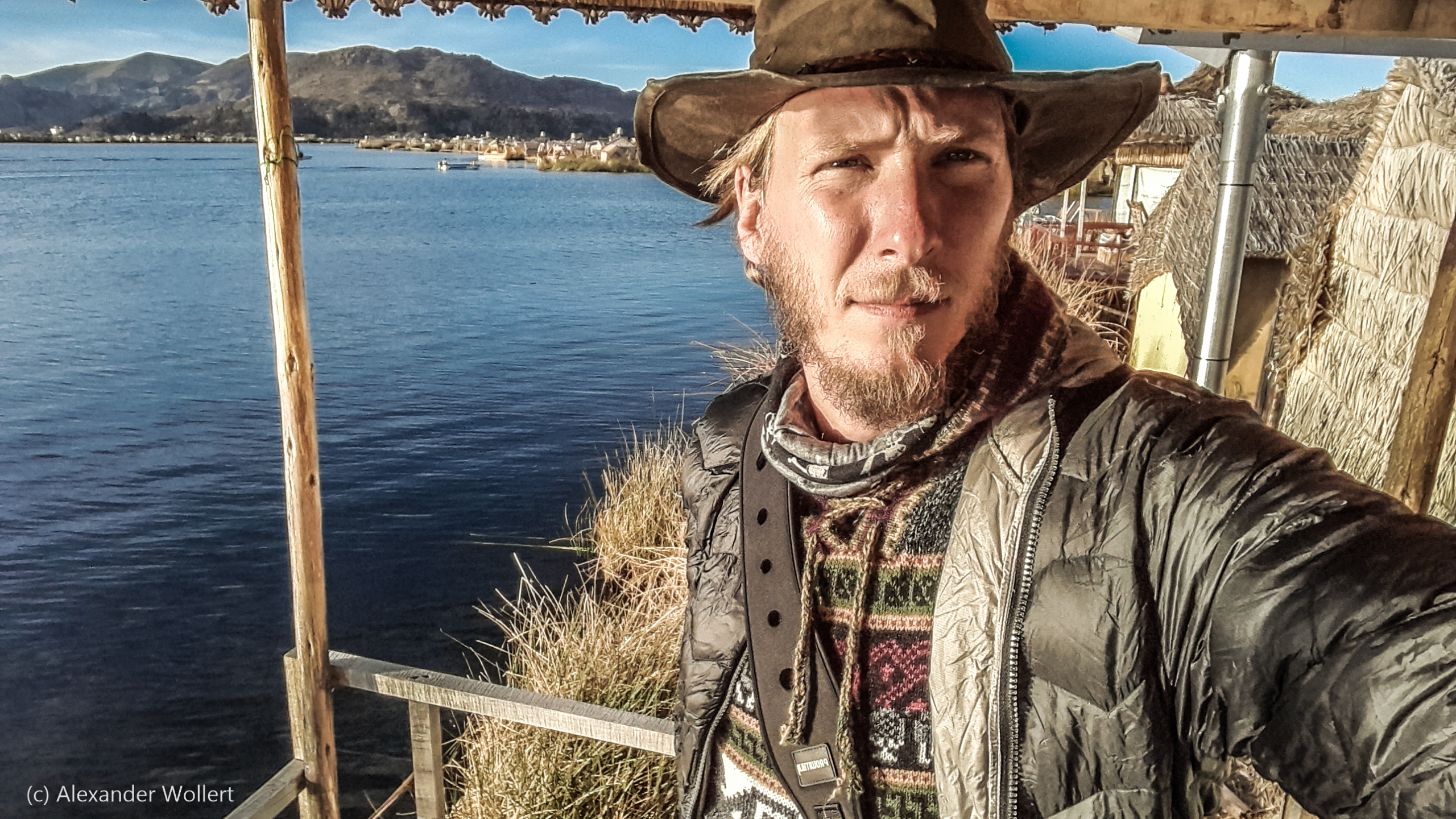
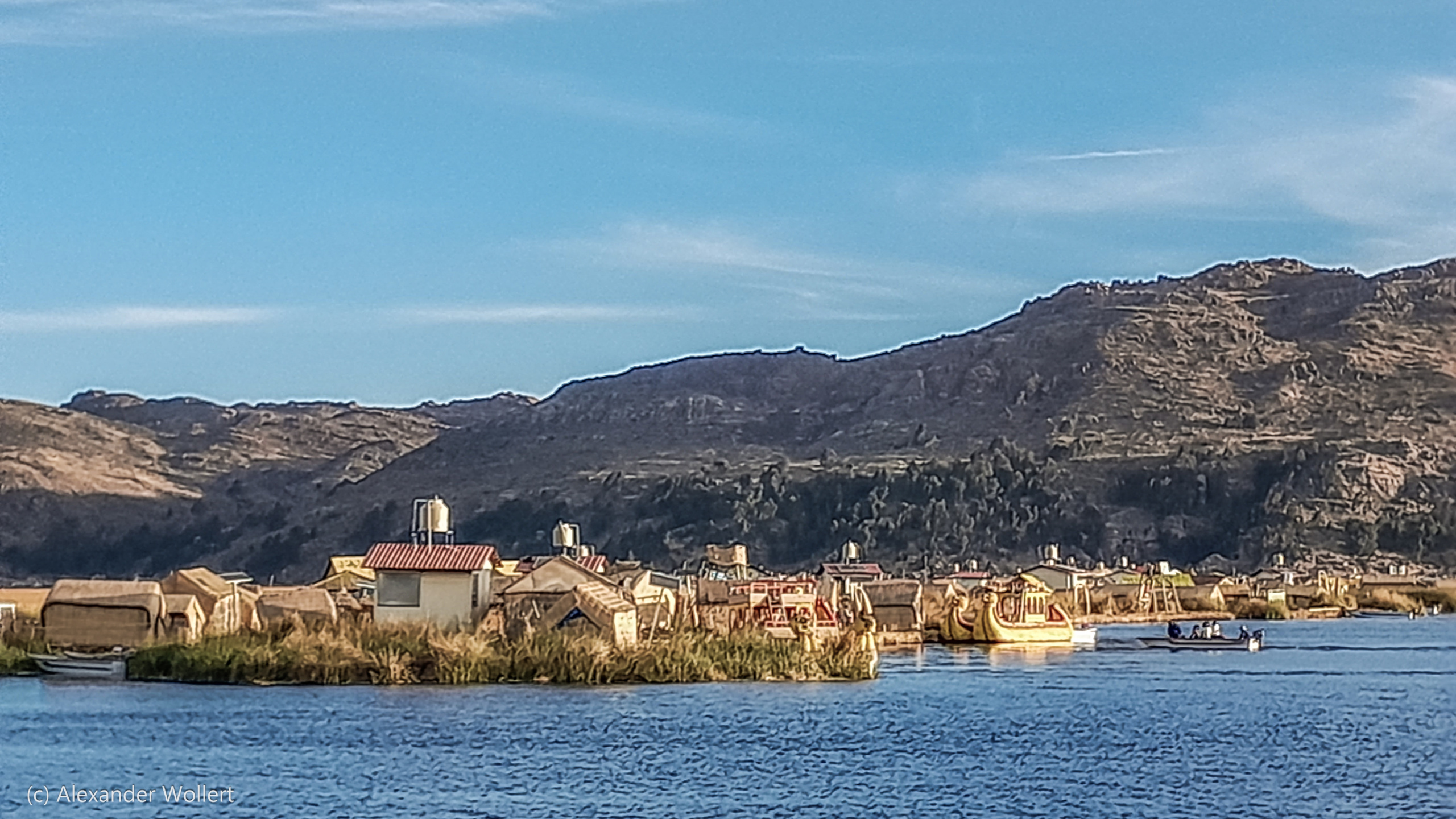
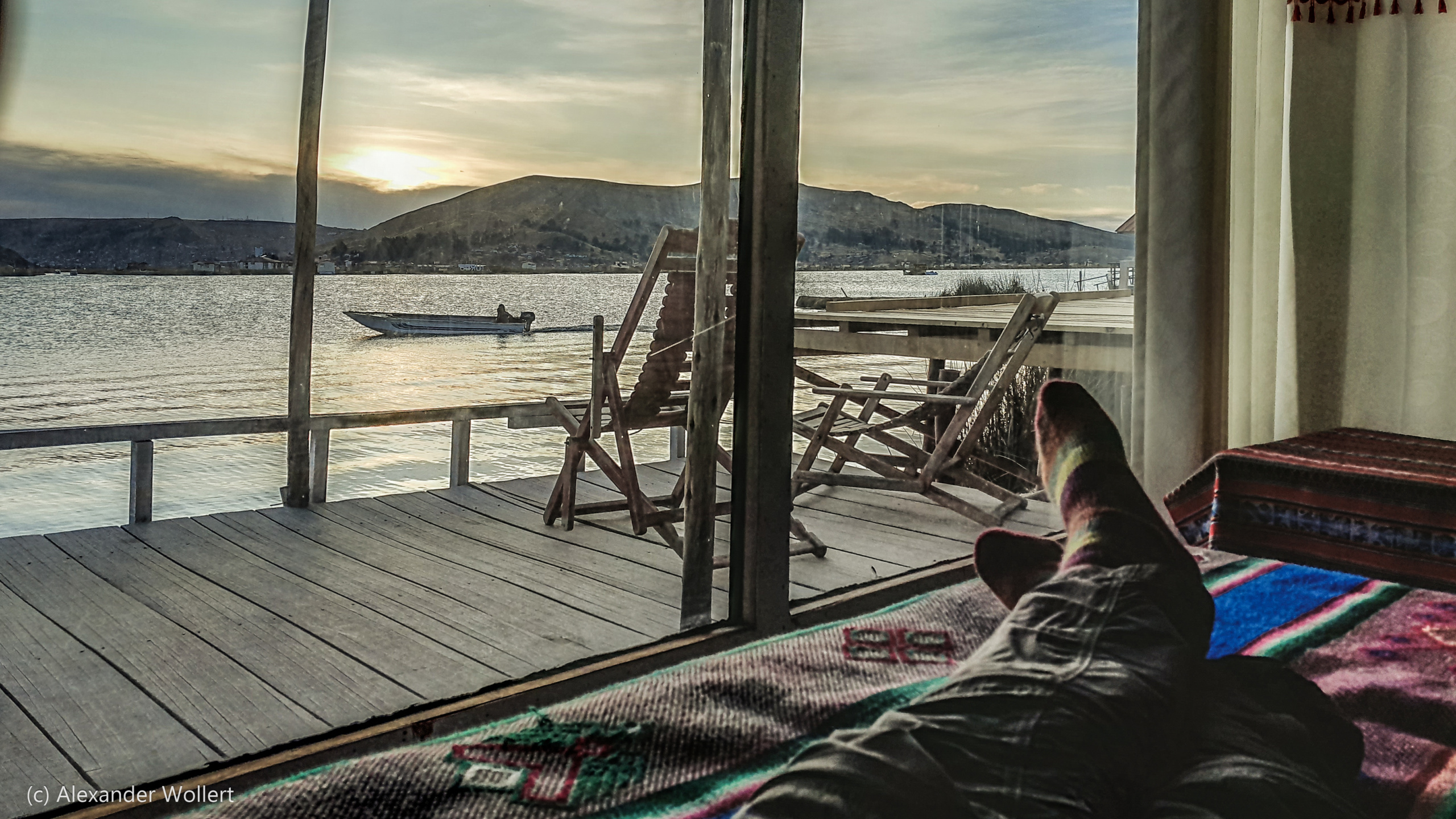
We live in a small house on Rubens Island. It is strange to feel that the house is constantly moving, especially when another boat passes in front of the window.
Our host Rubens has always lived here, as have his siblings, parents and family for generations. The big question is whether his three children will live here.
The young people move away, study and stay in one city for their jobs. Rubens takes us across the Uros Islands in his boat. “Uros” means “refuge” in Quechua and the term reflects the history of the families who live on the lake. We also learn that the translation of Titicaca is much more serious than the wording and the word means “gray puma”.
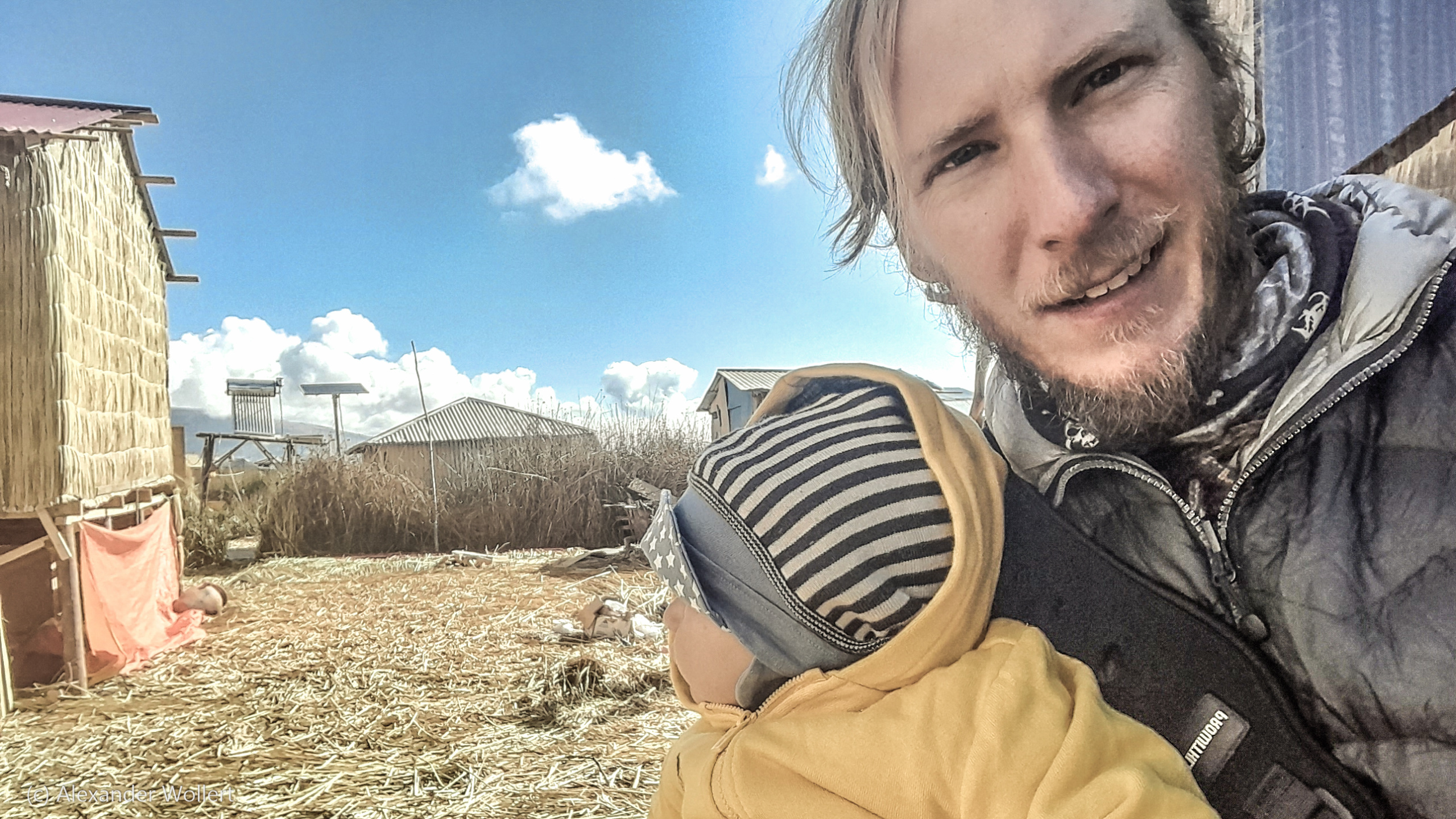

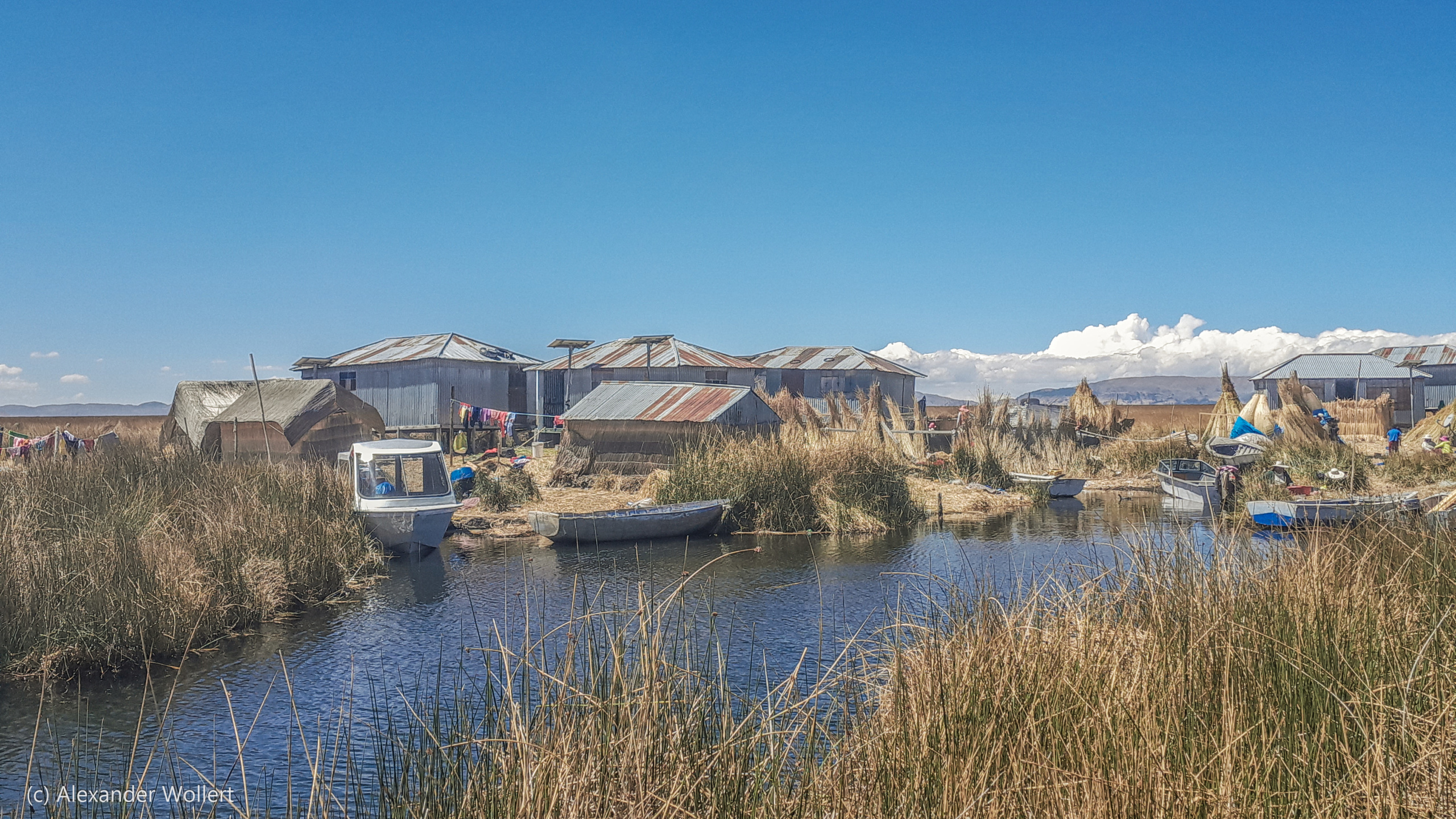
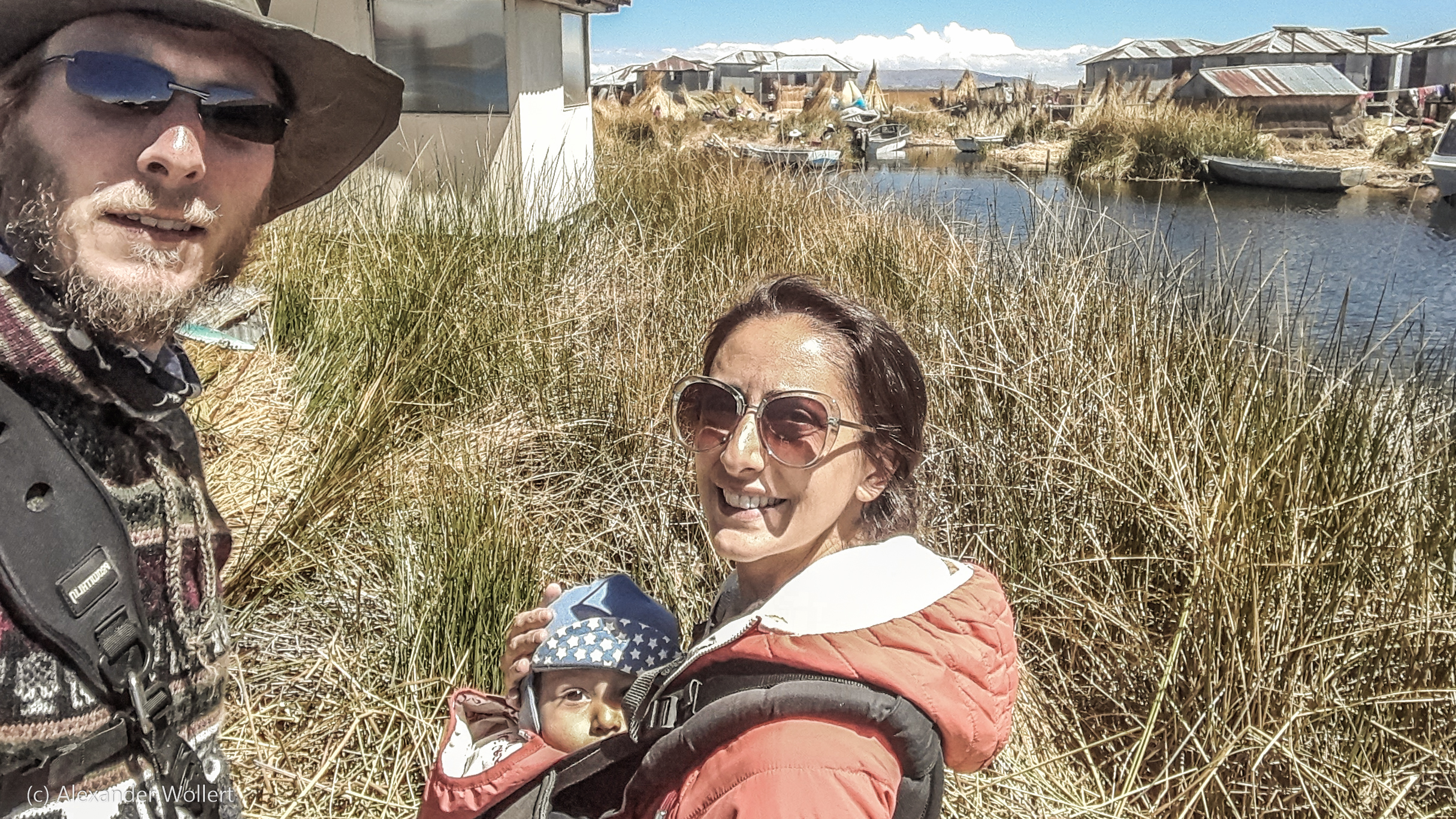

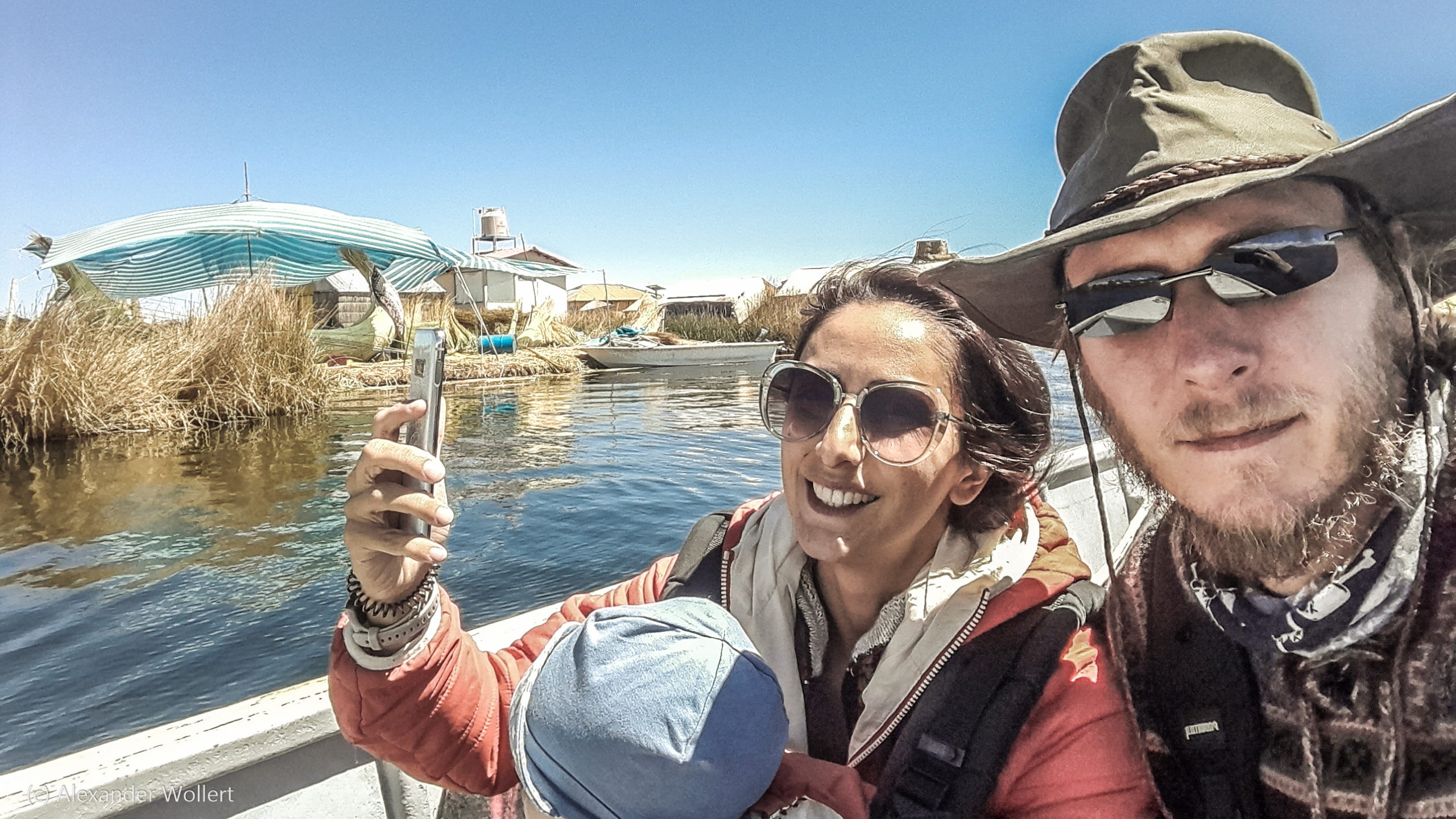

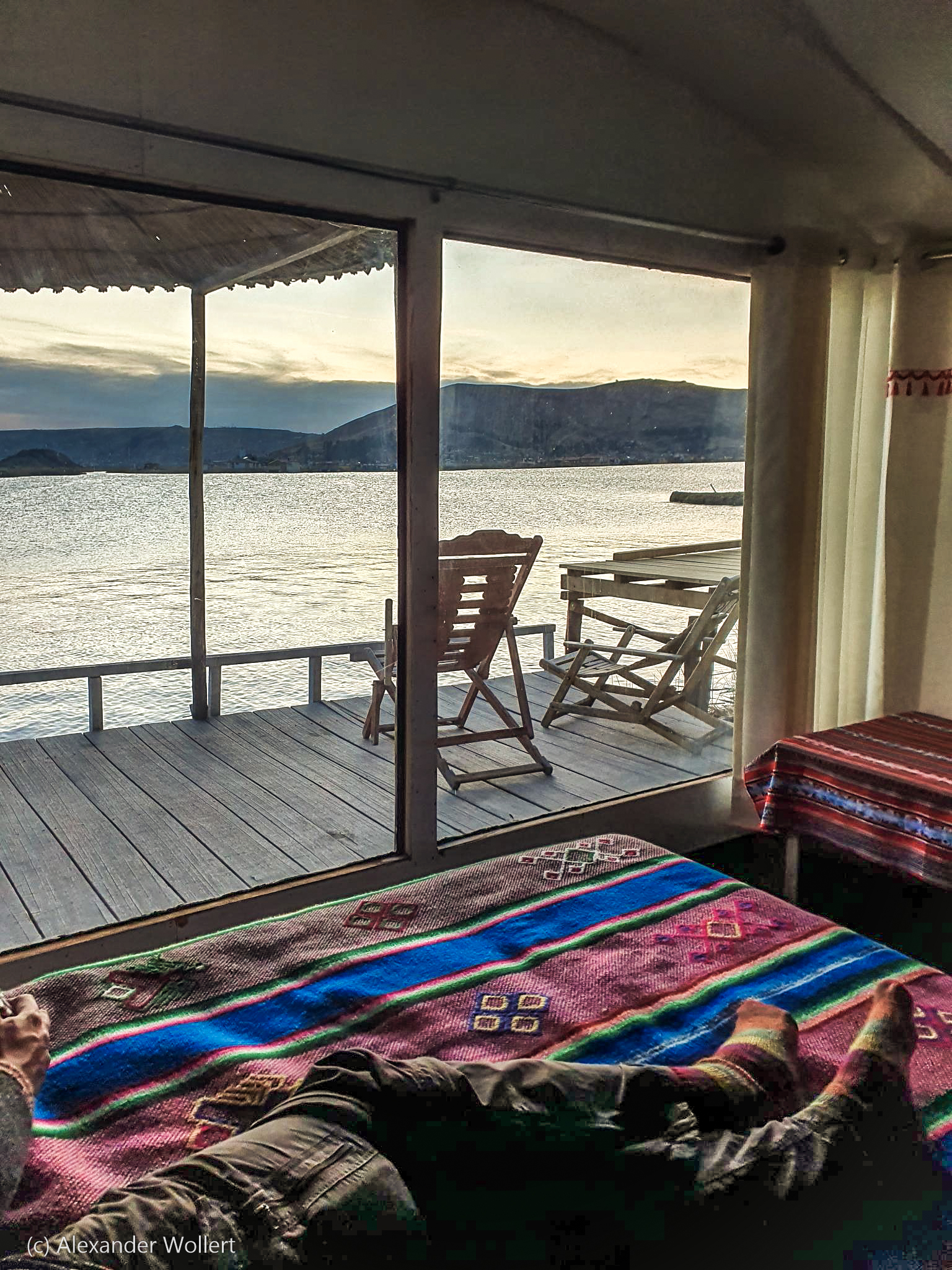
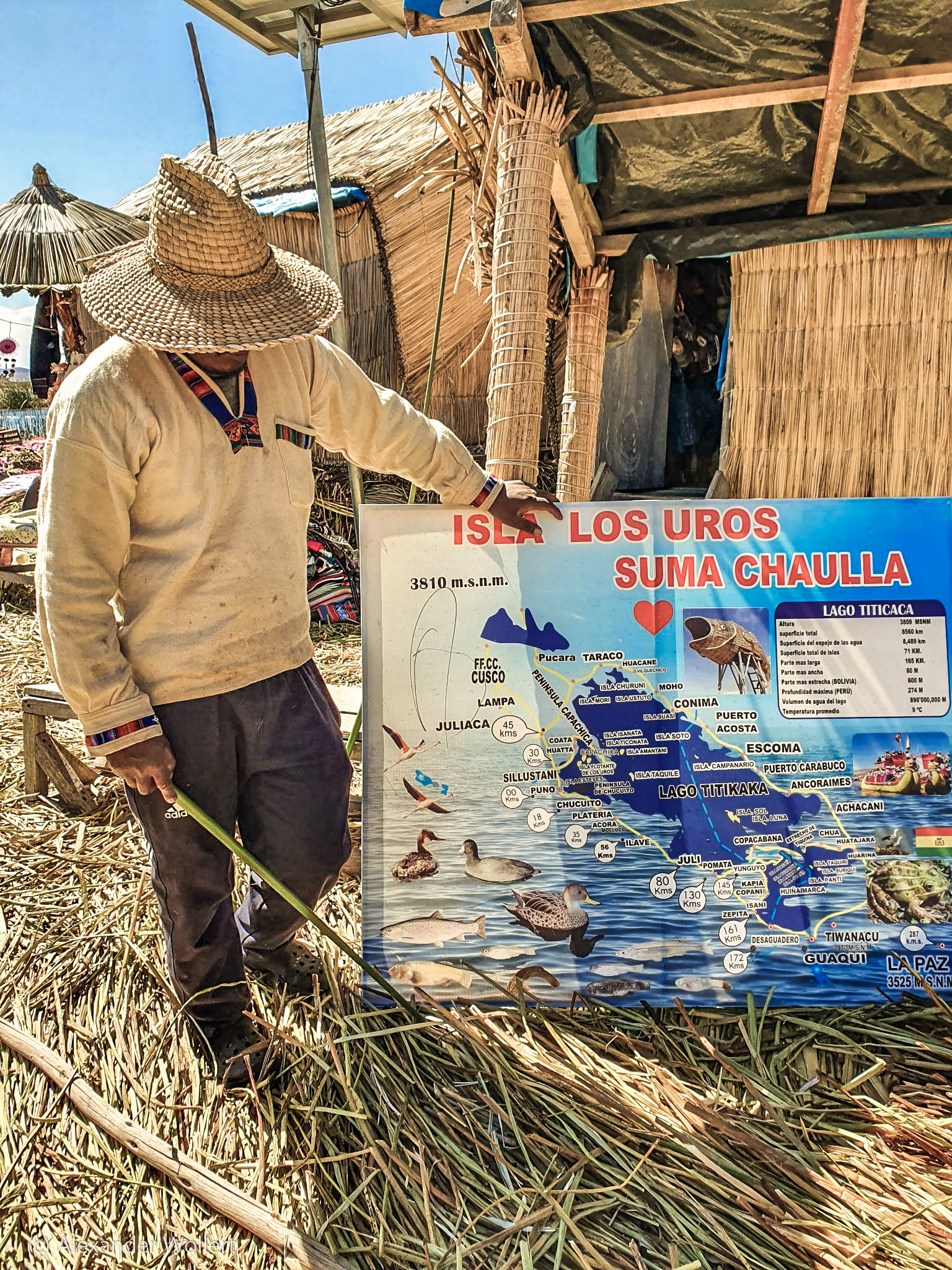
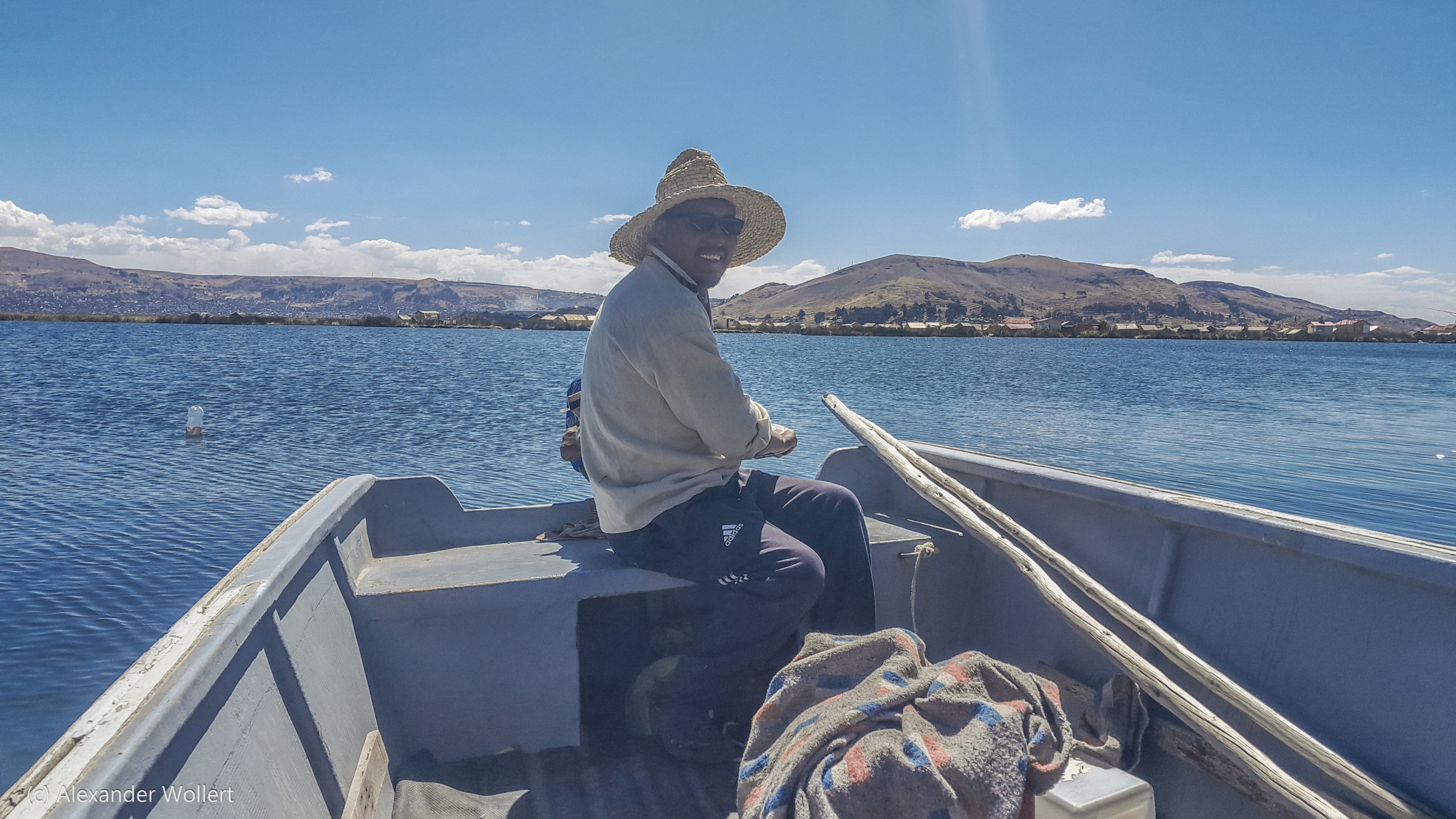
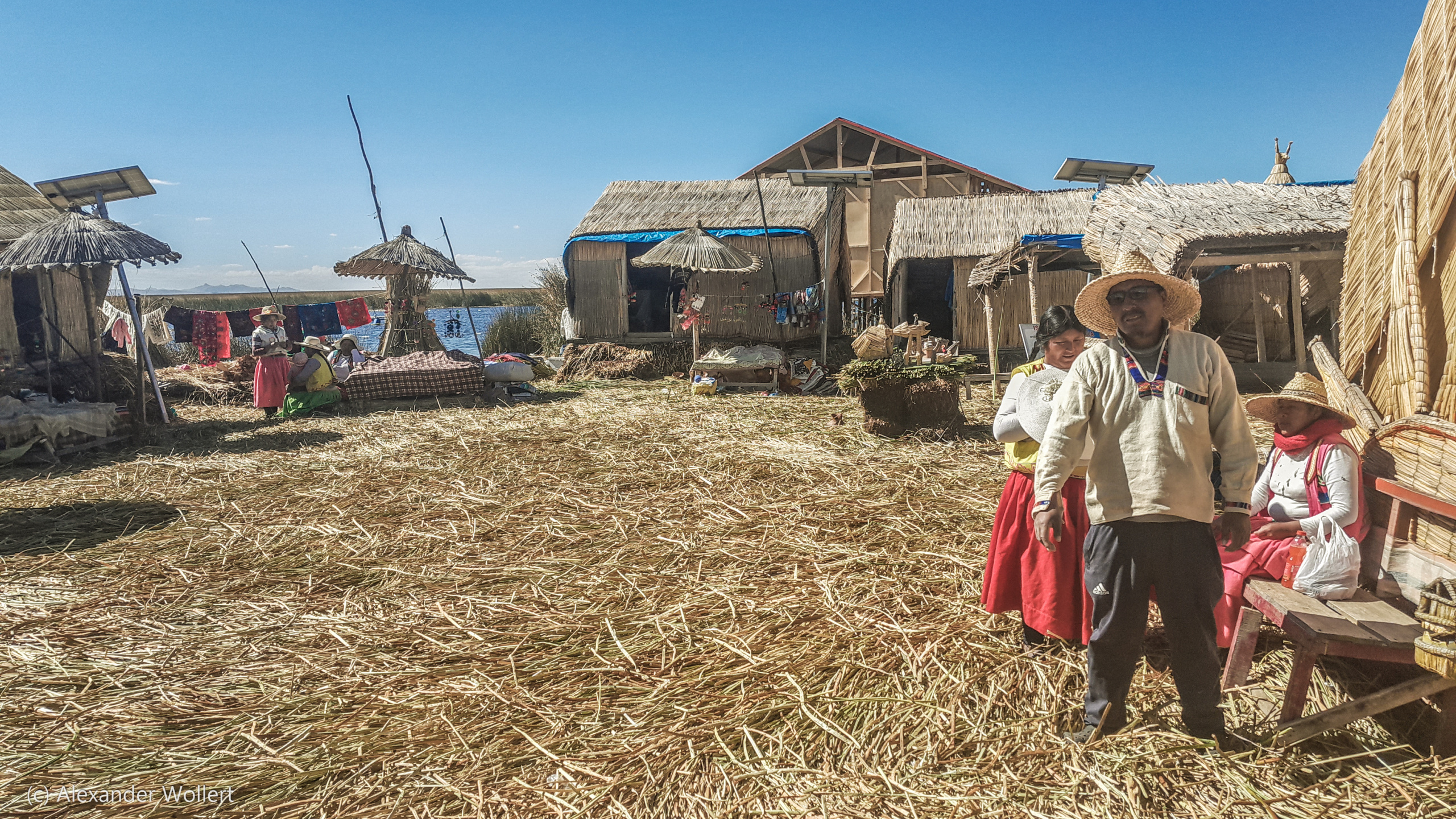

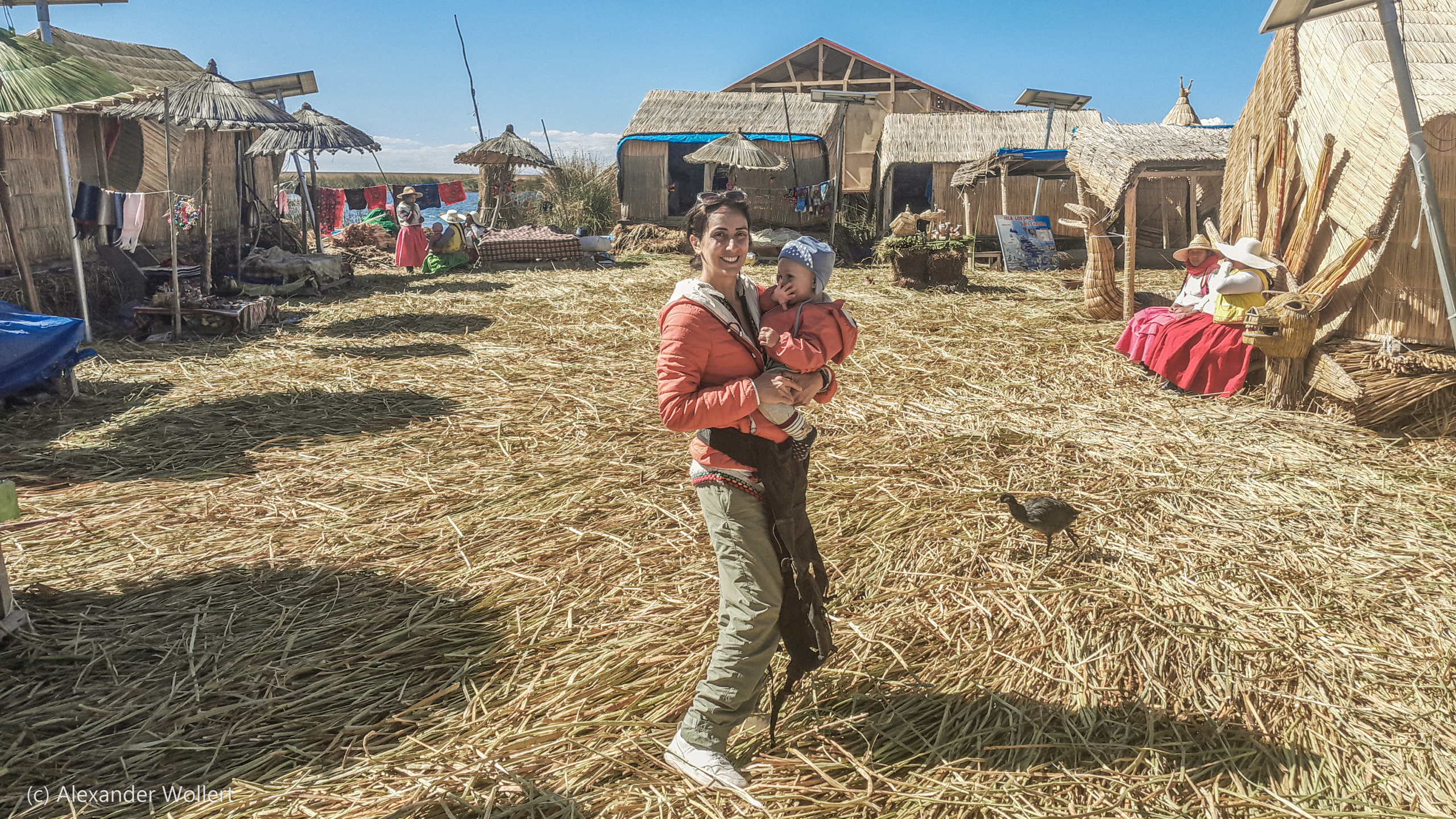
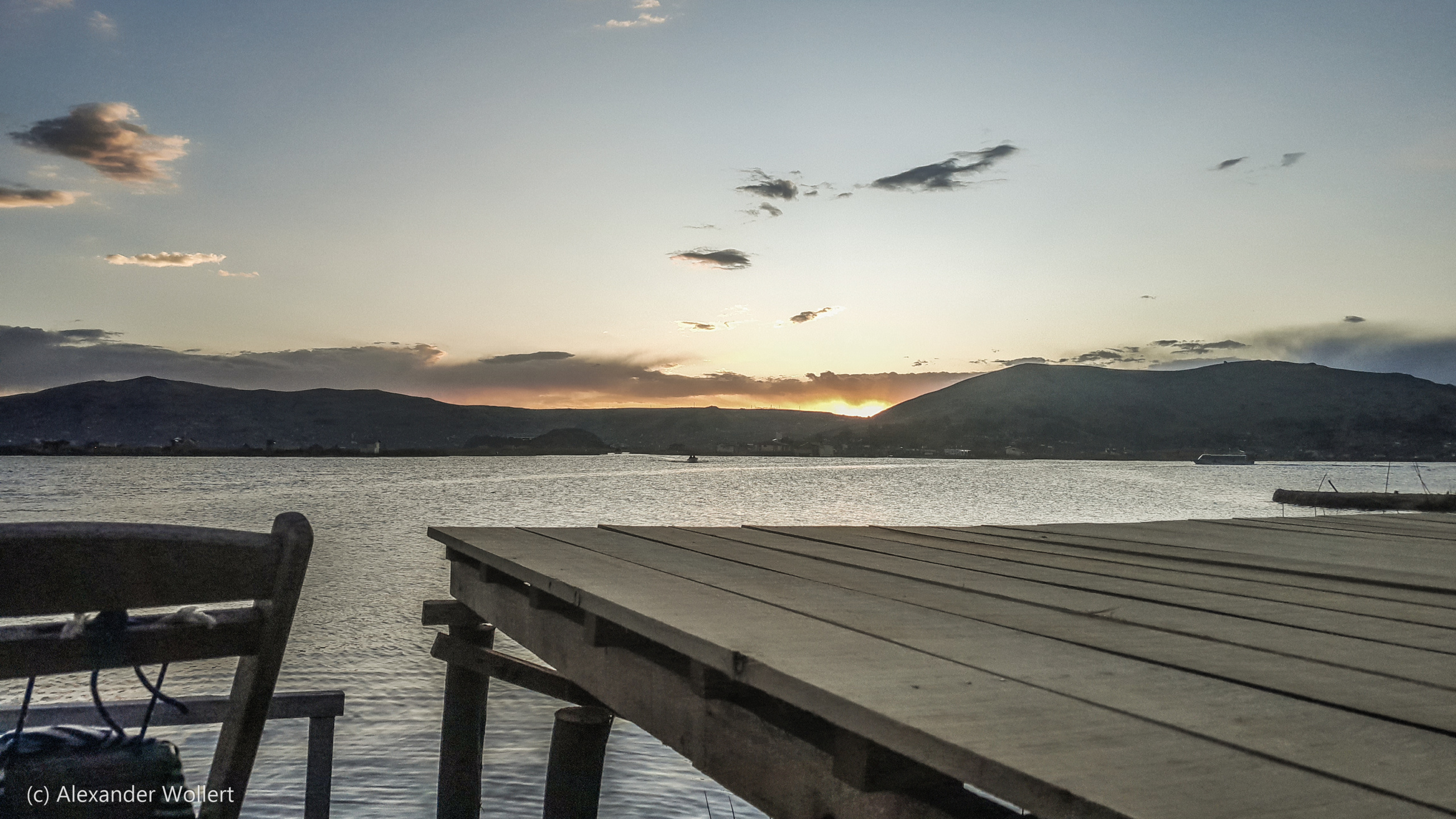


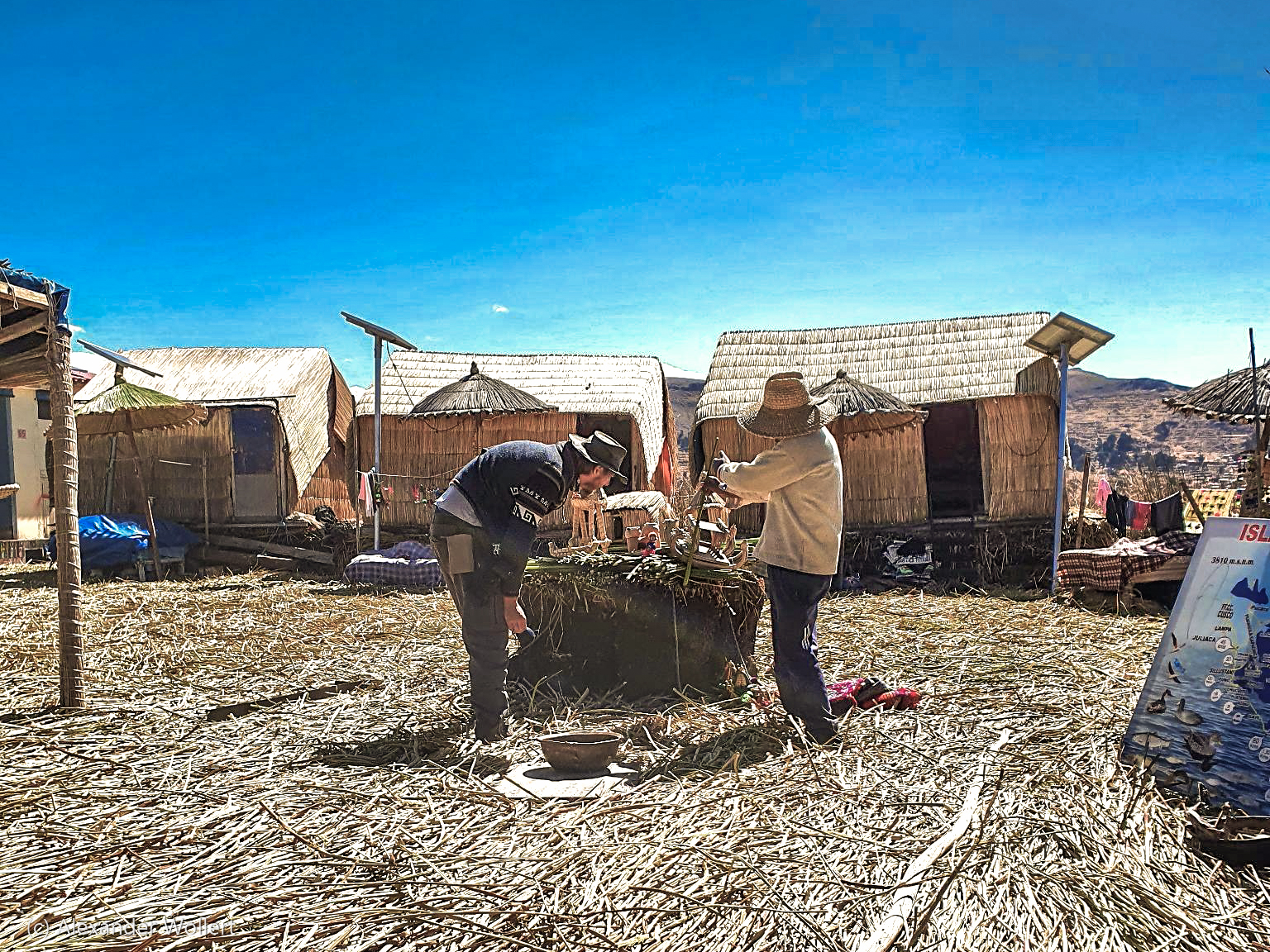

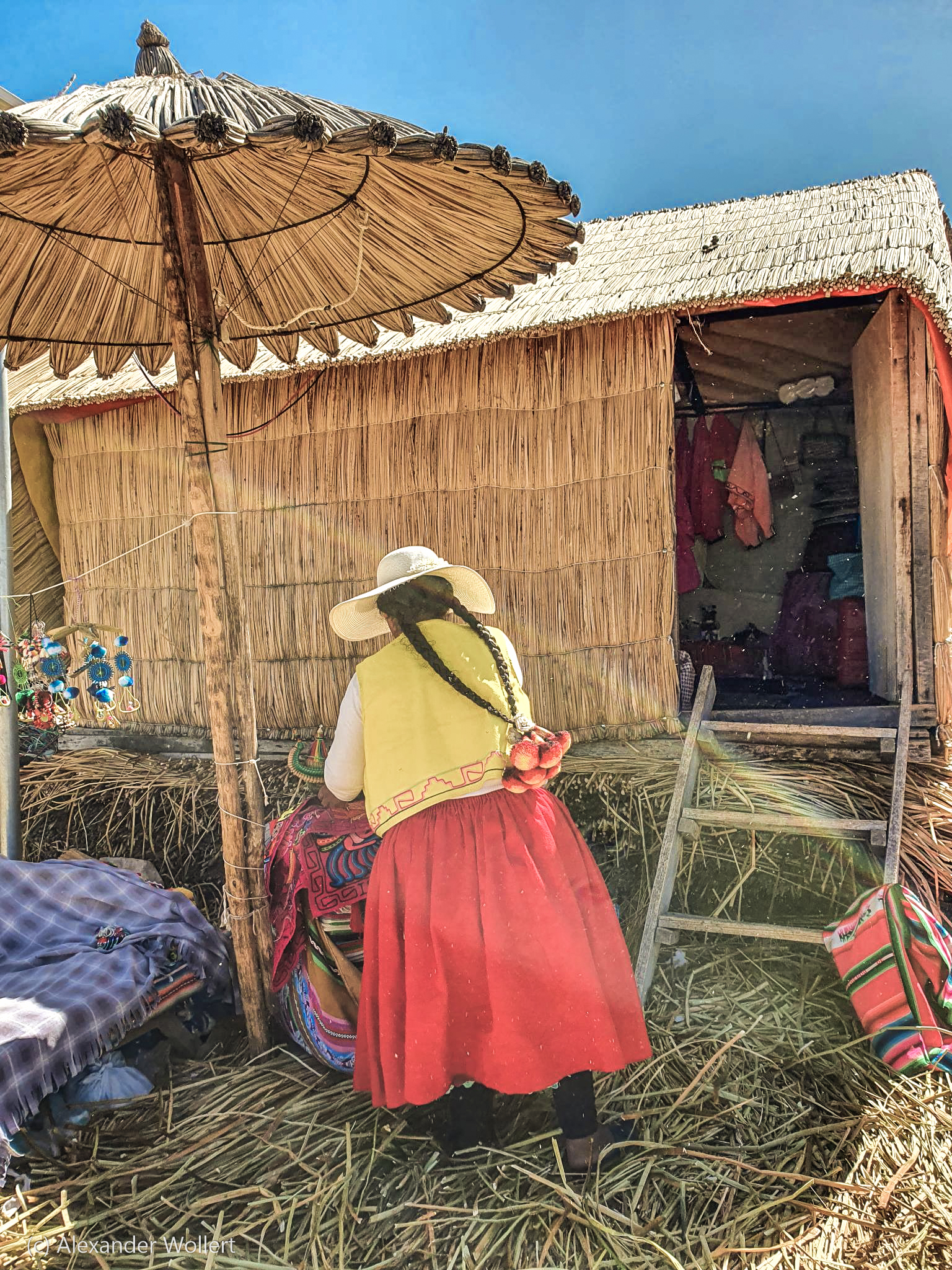
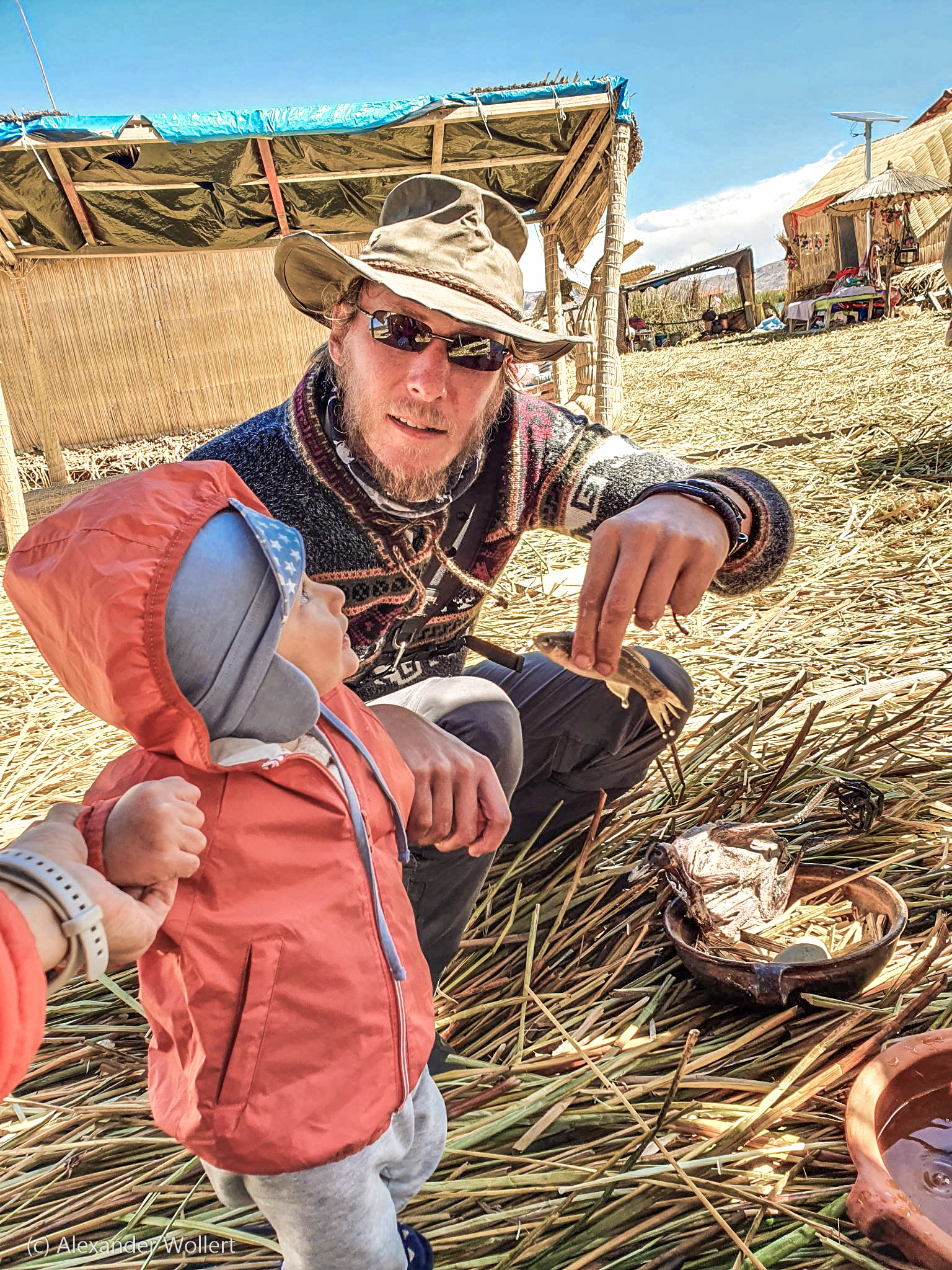
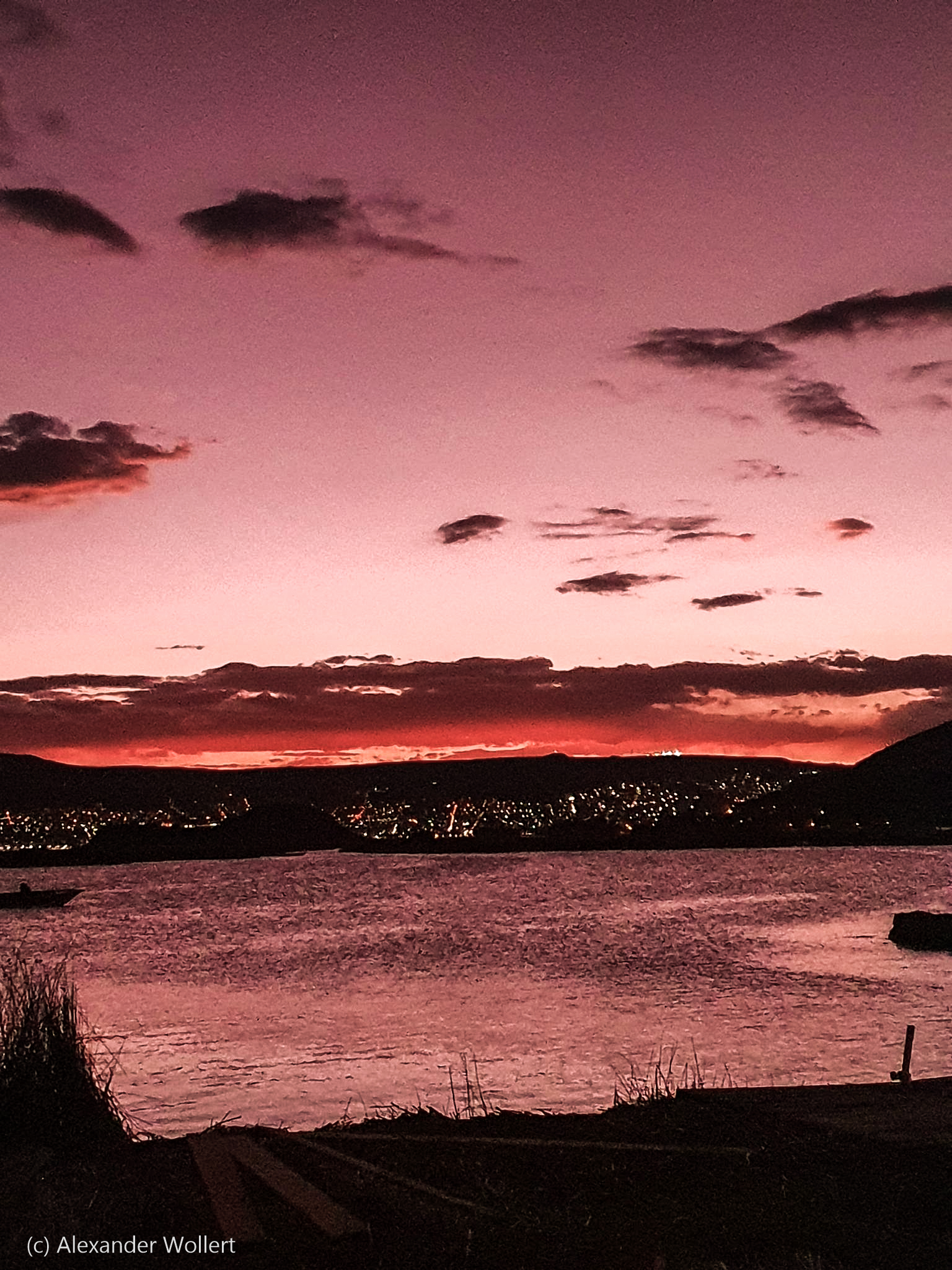
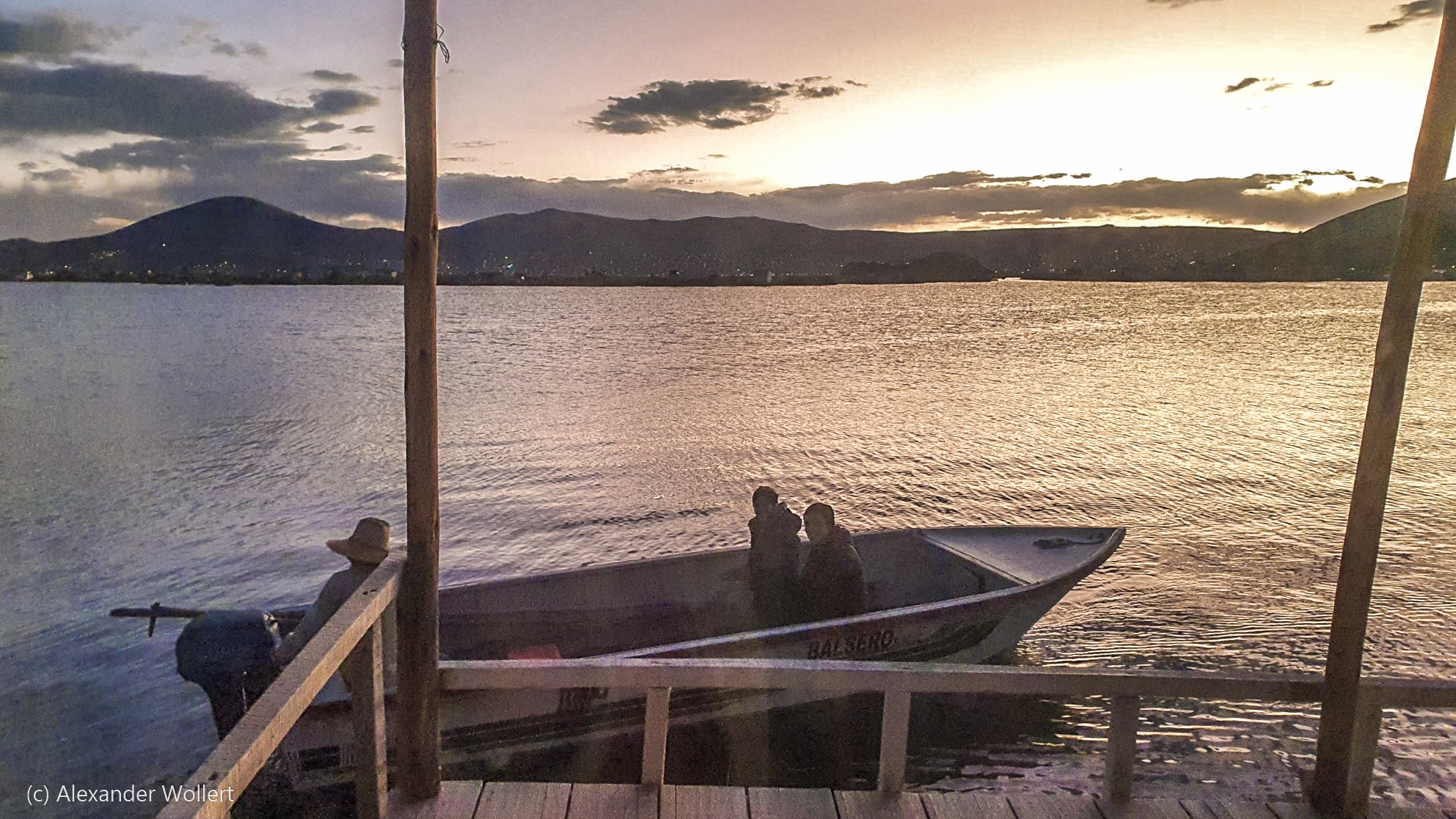
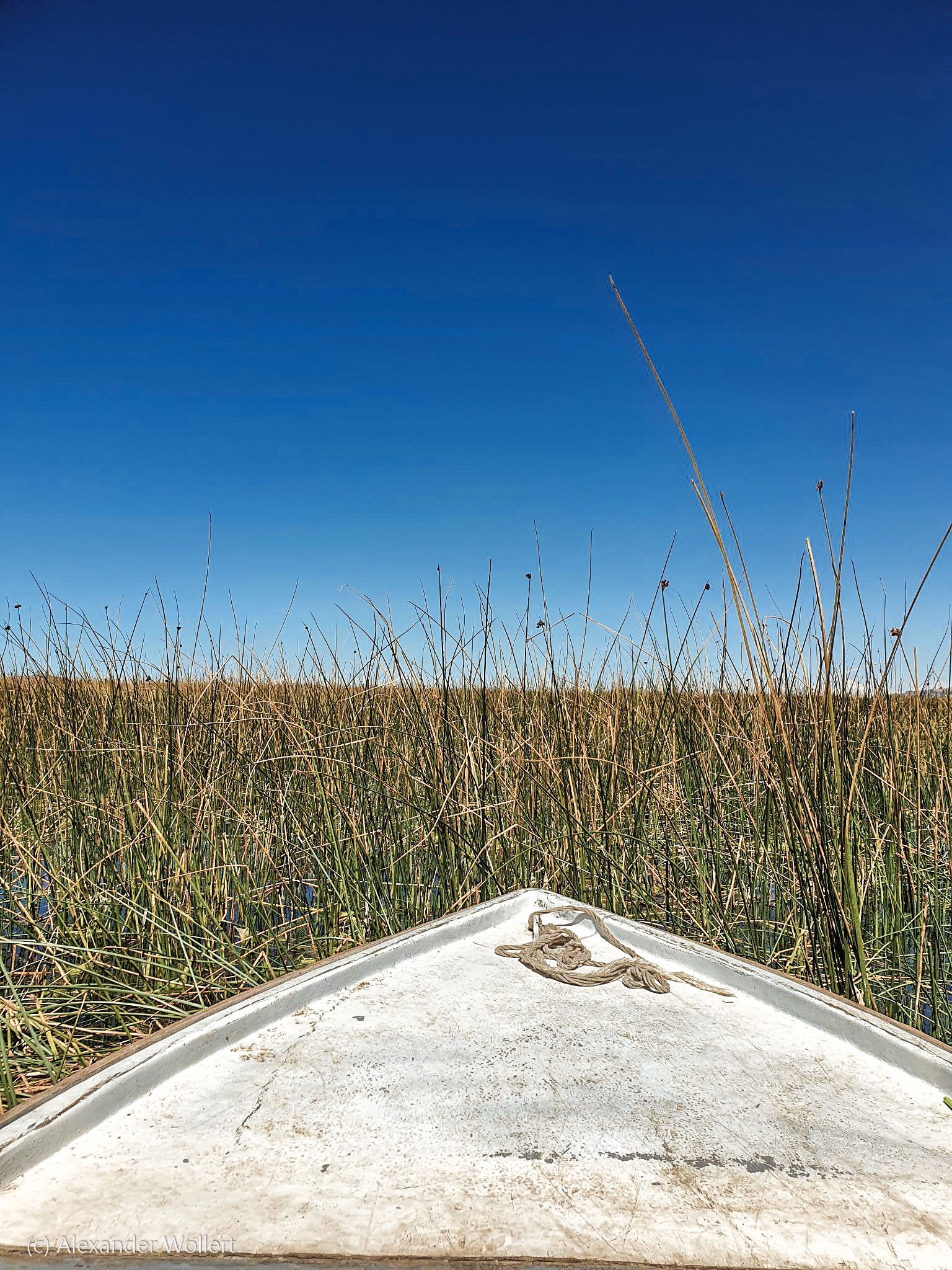
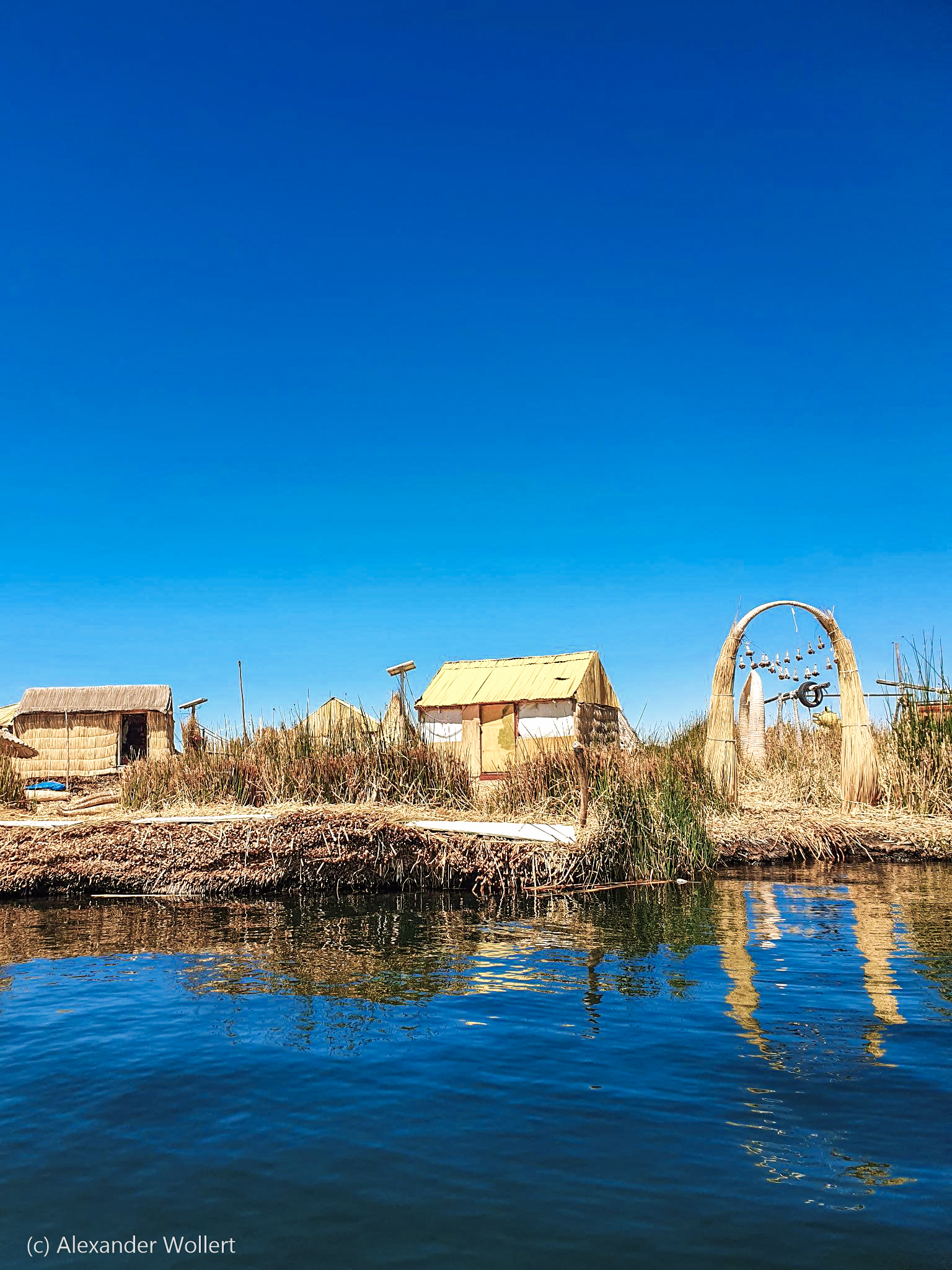
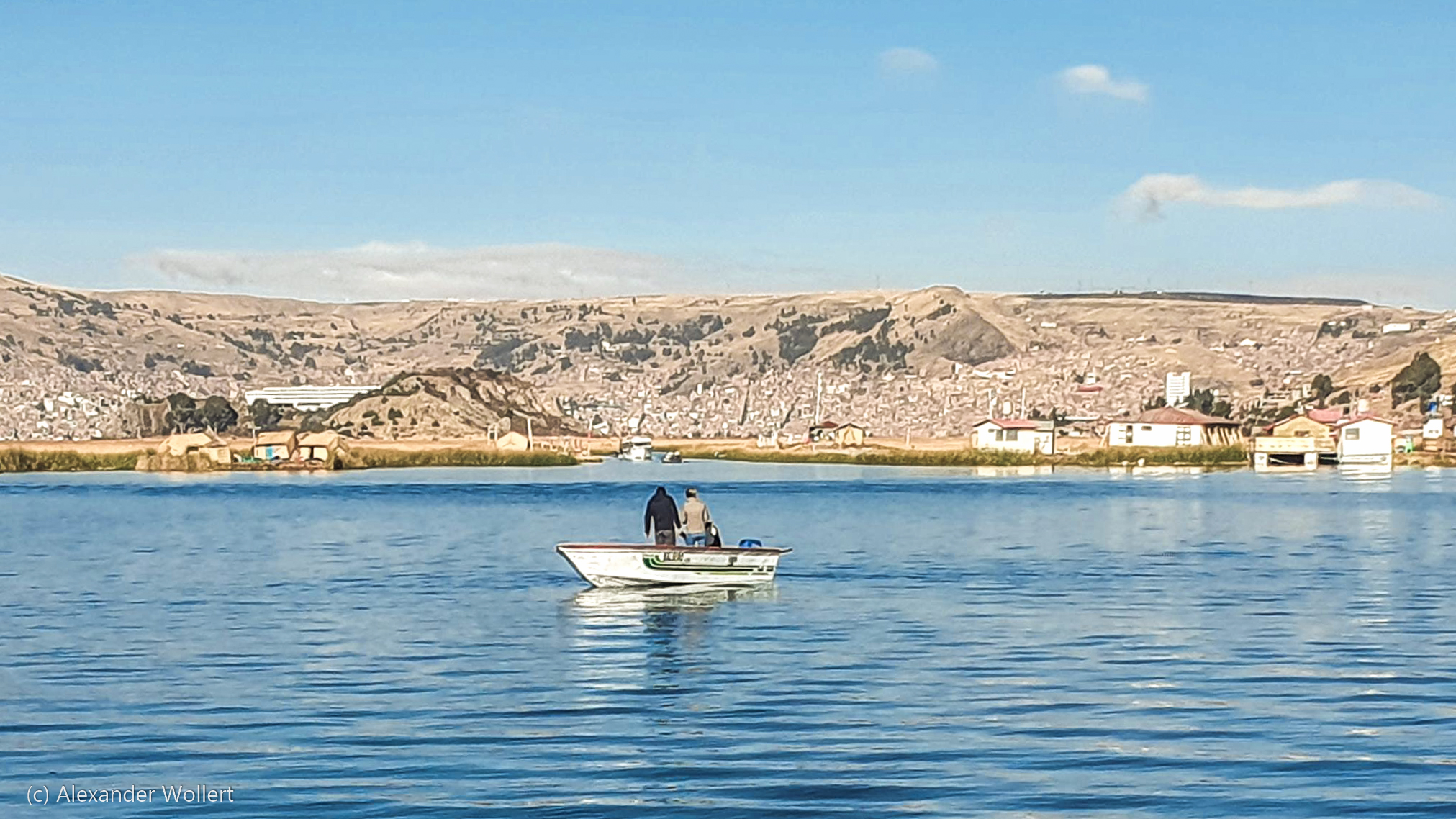
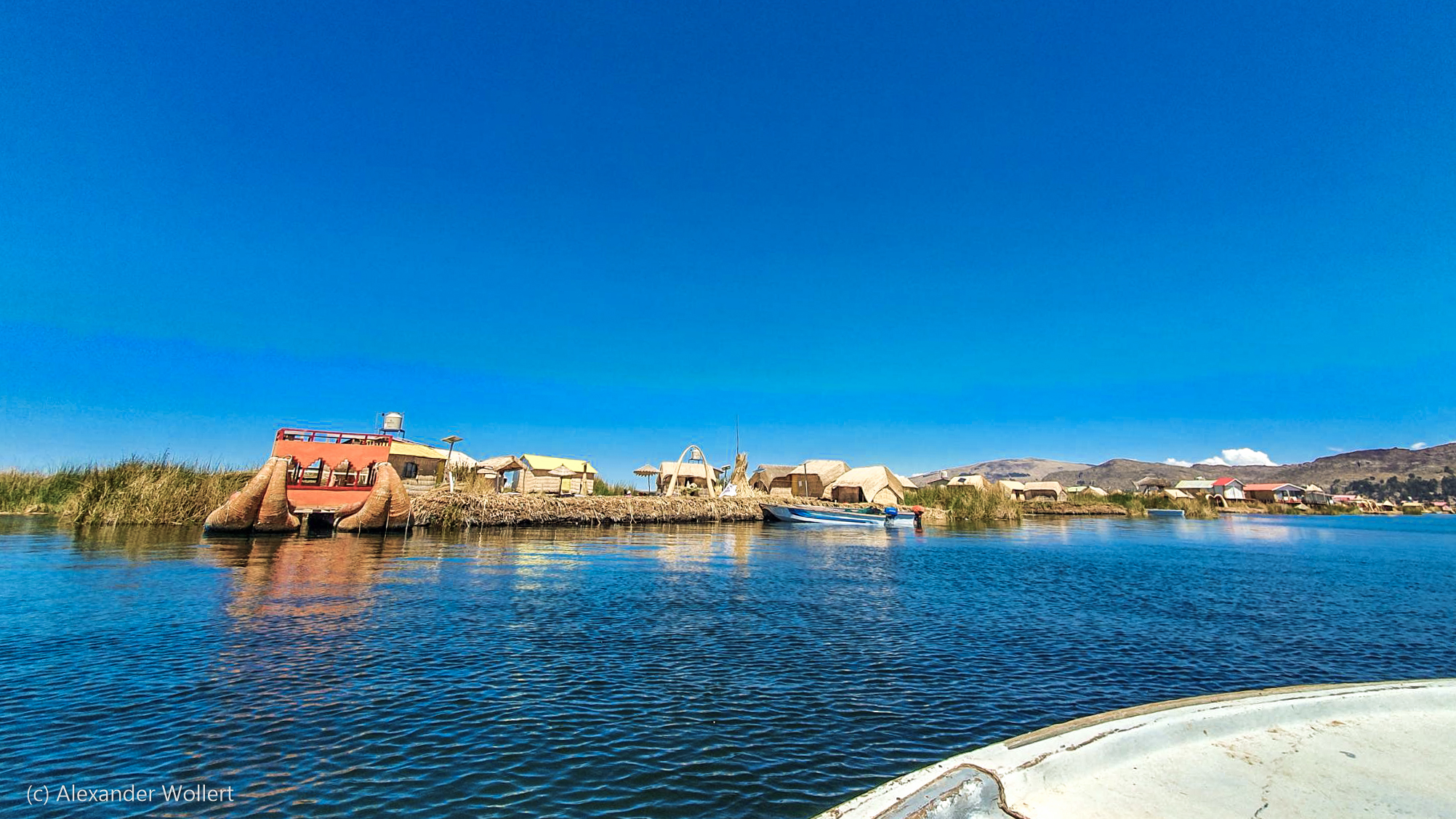

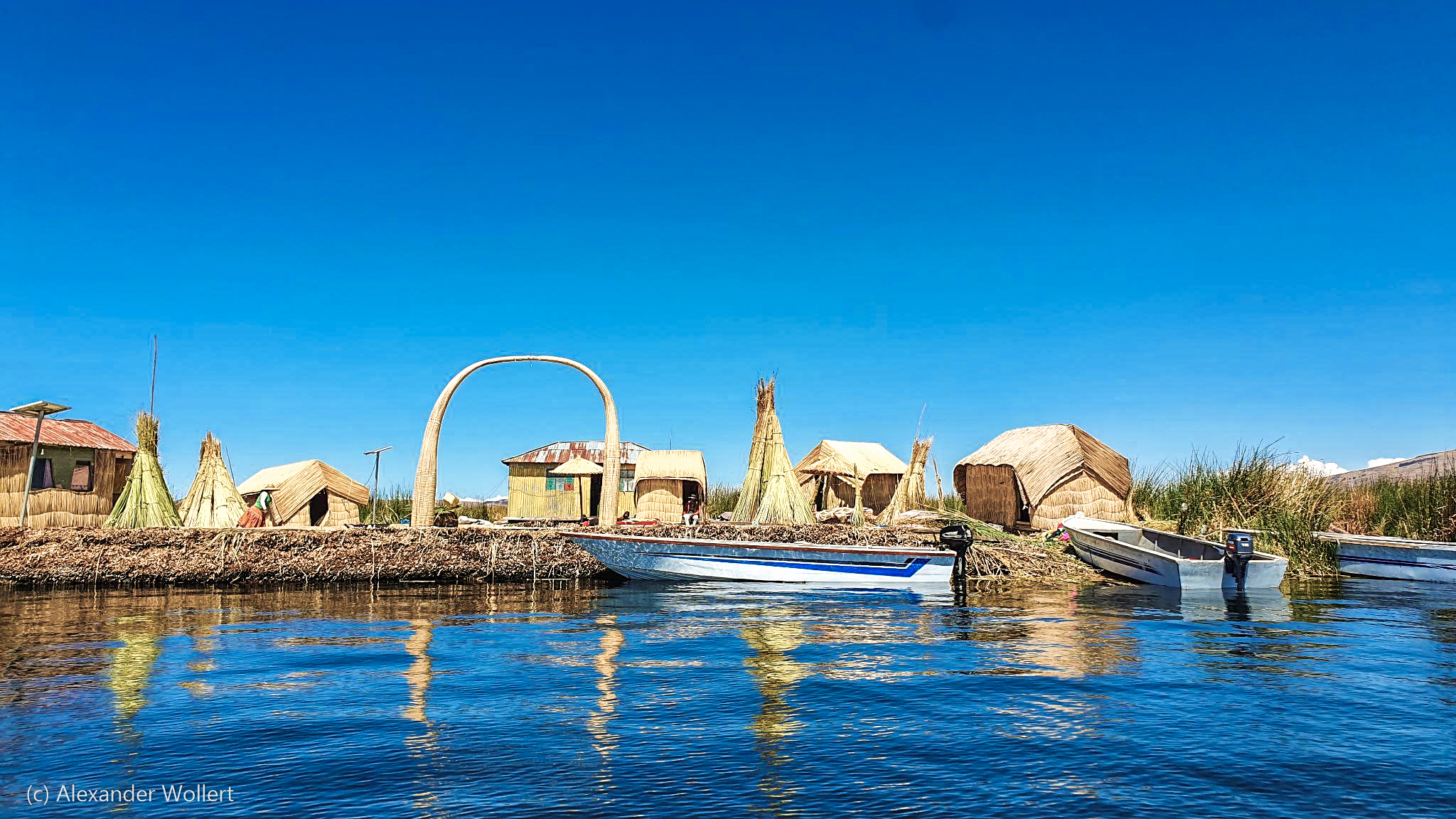

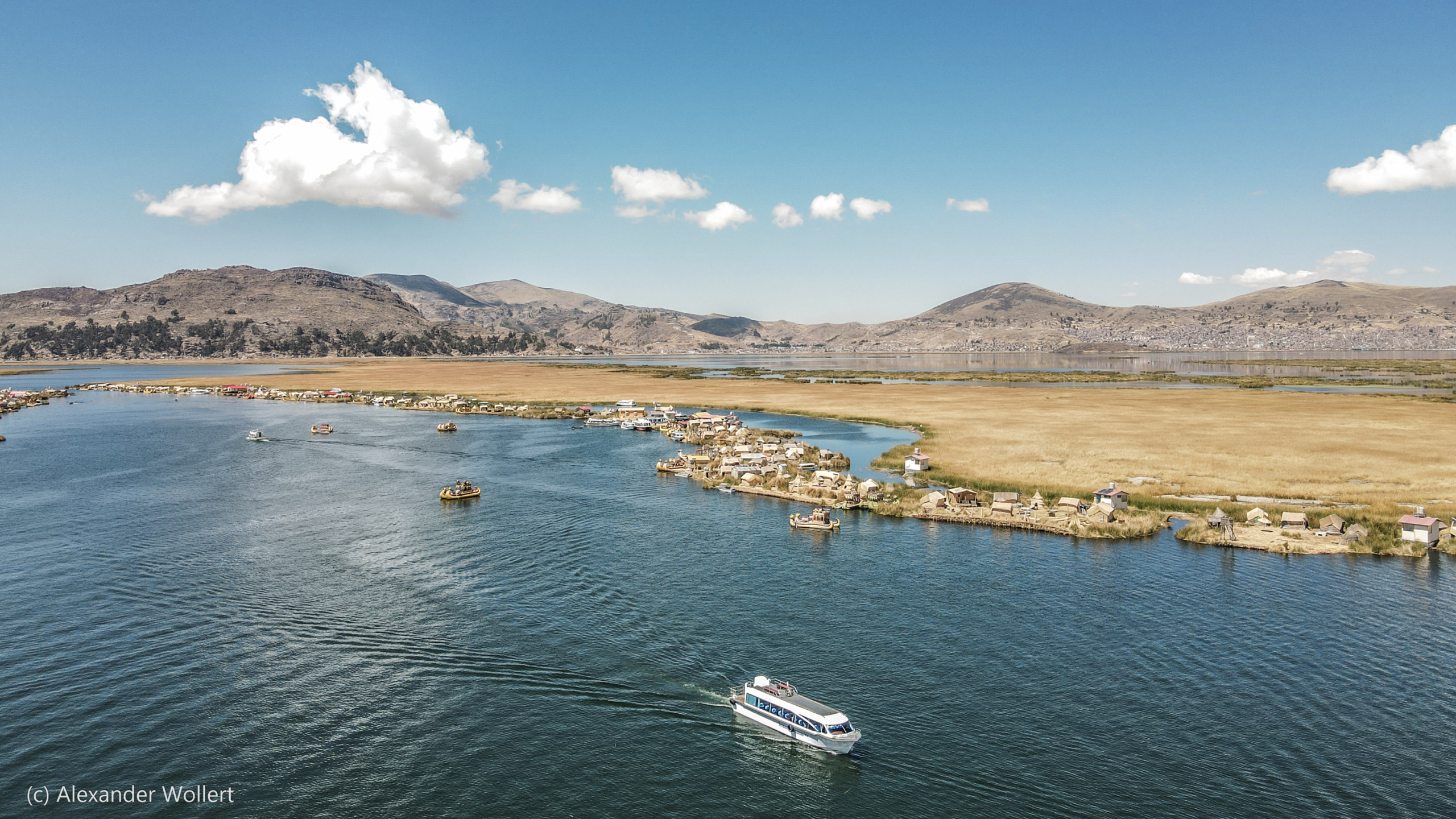
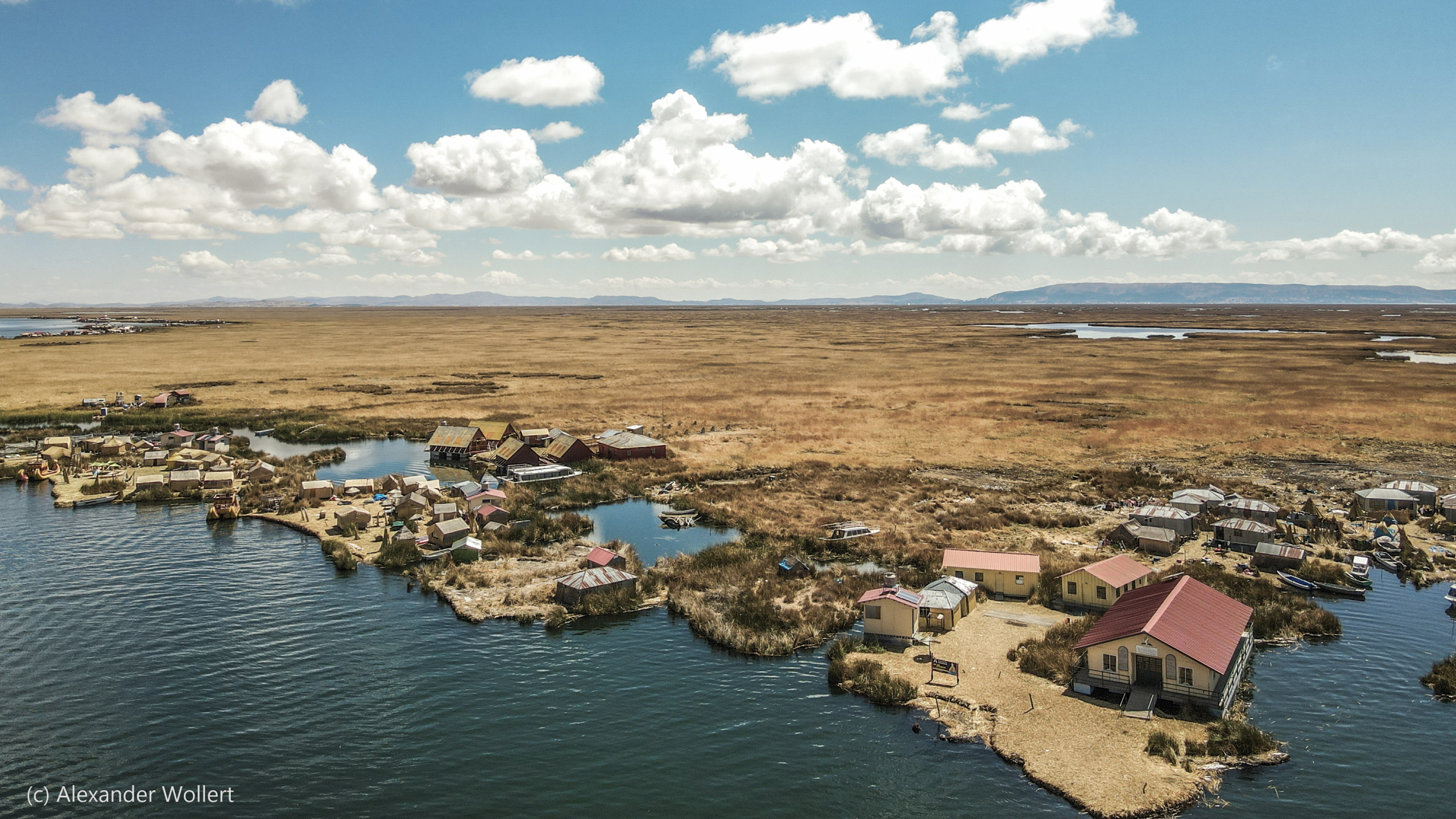
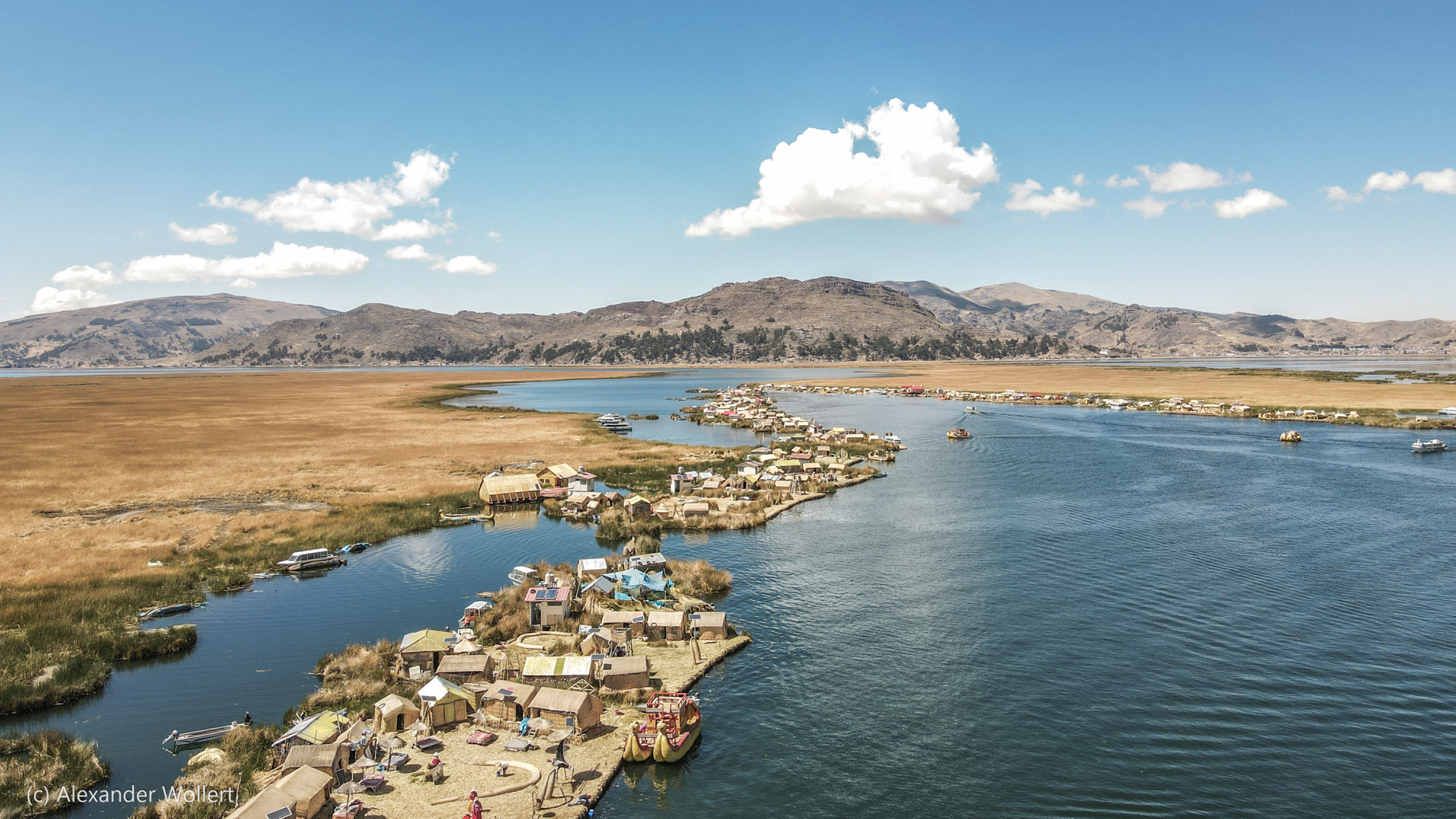
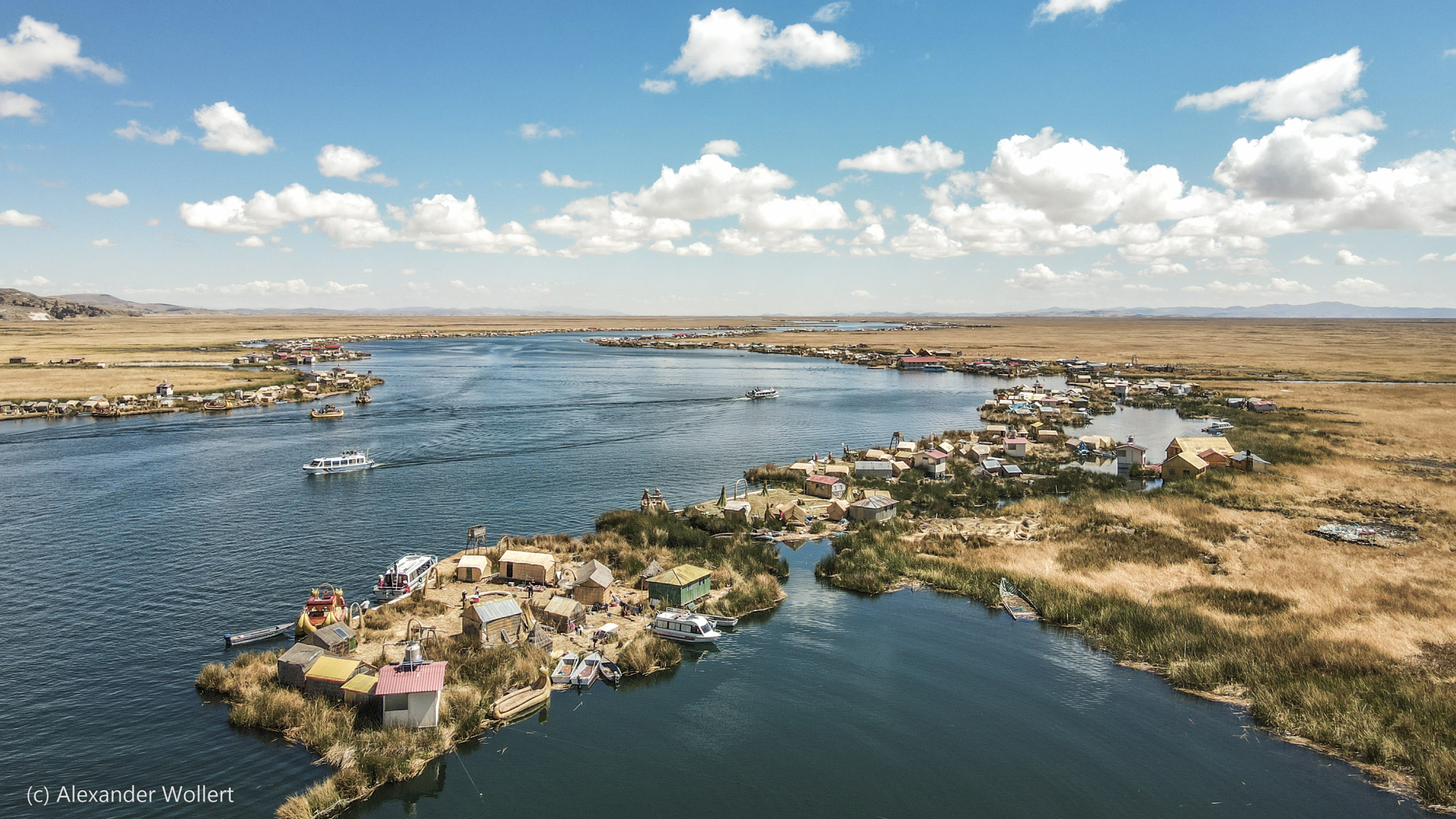


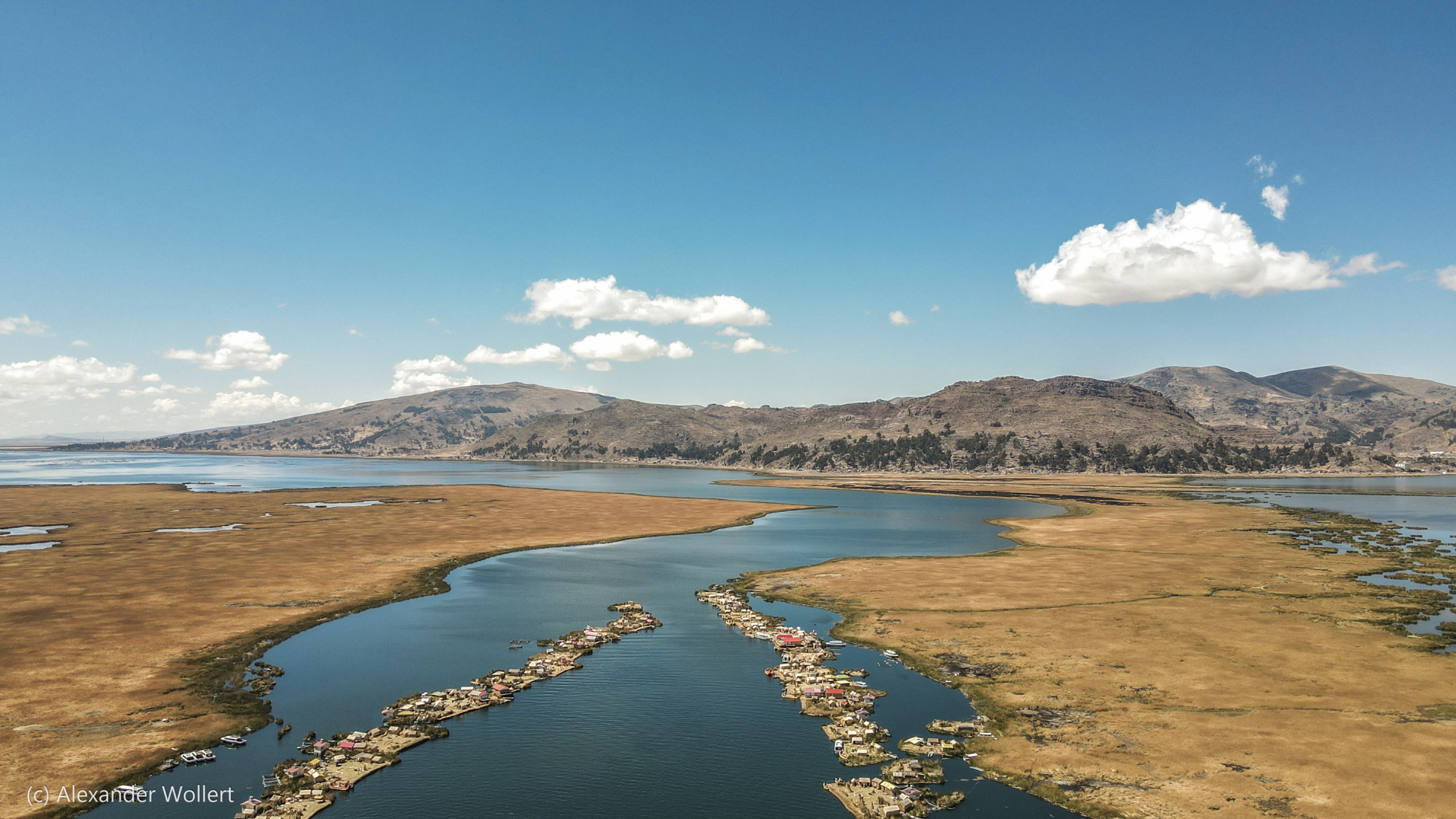
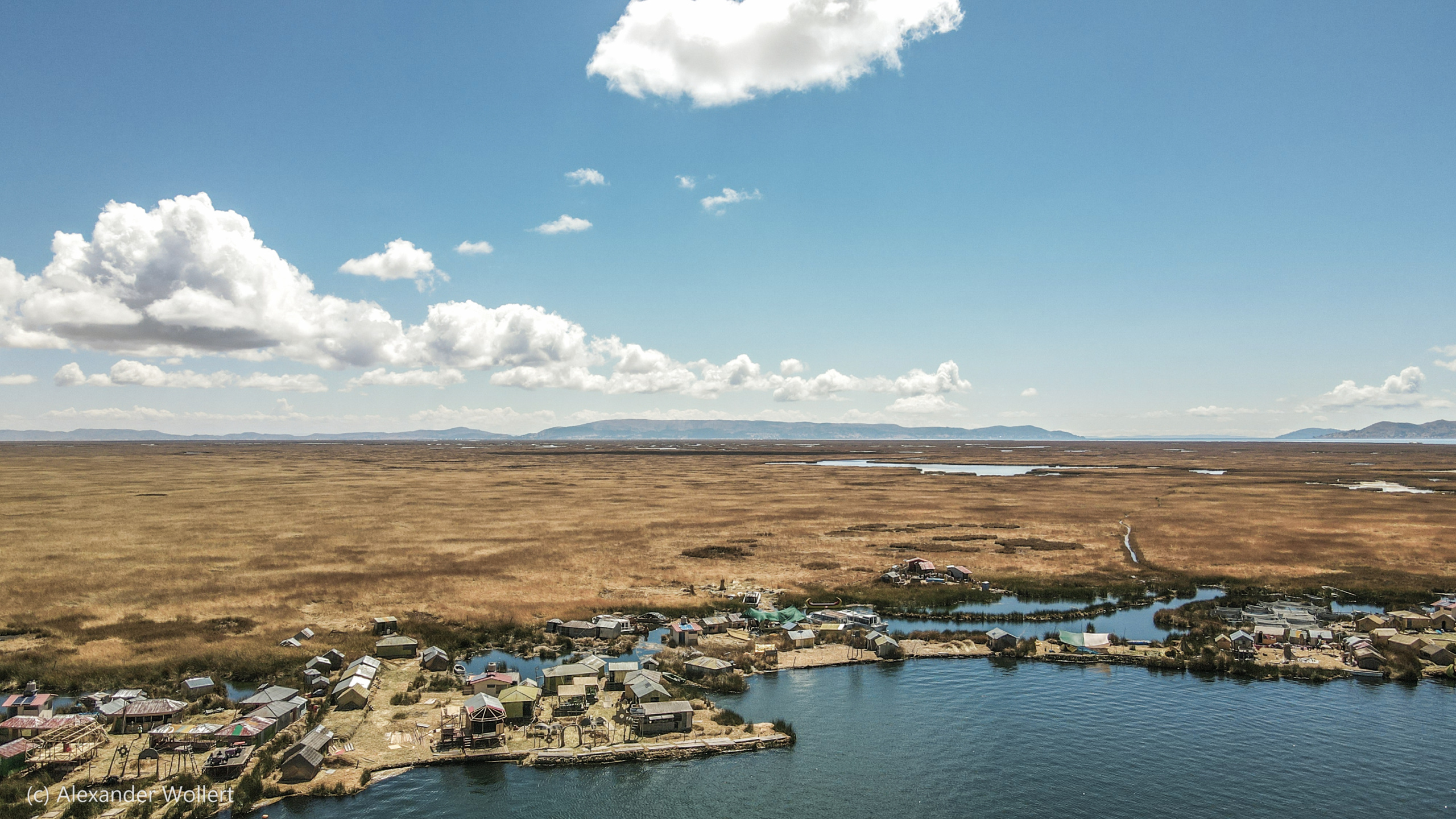
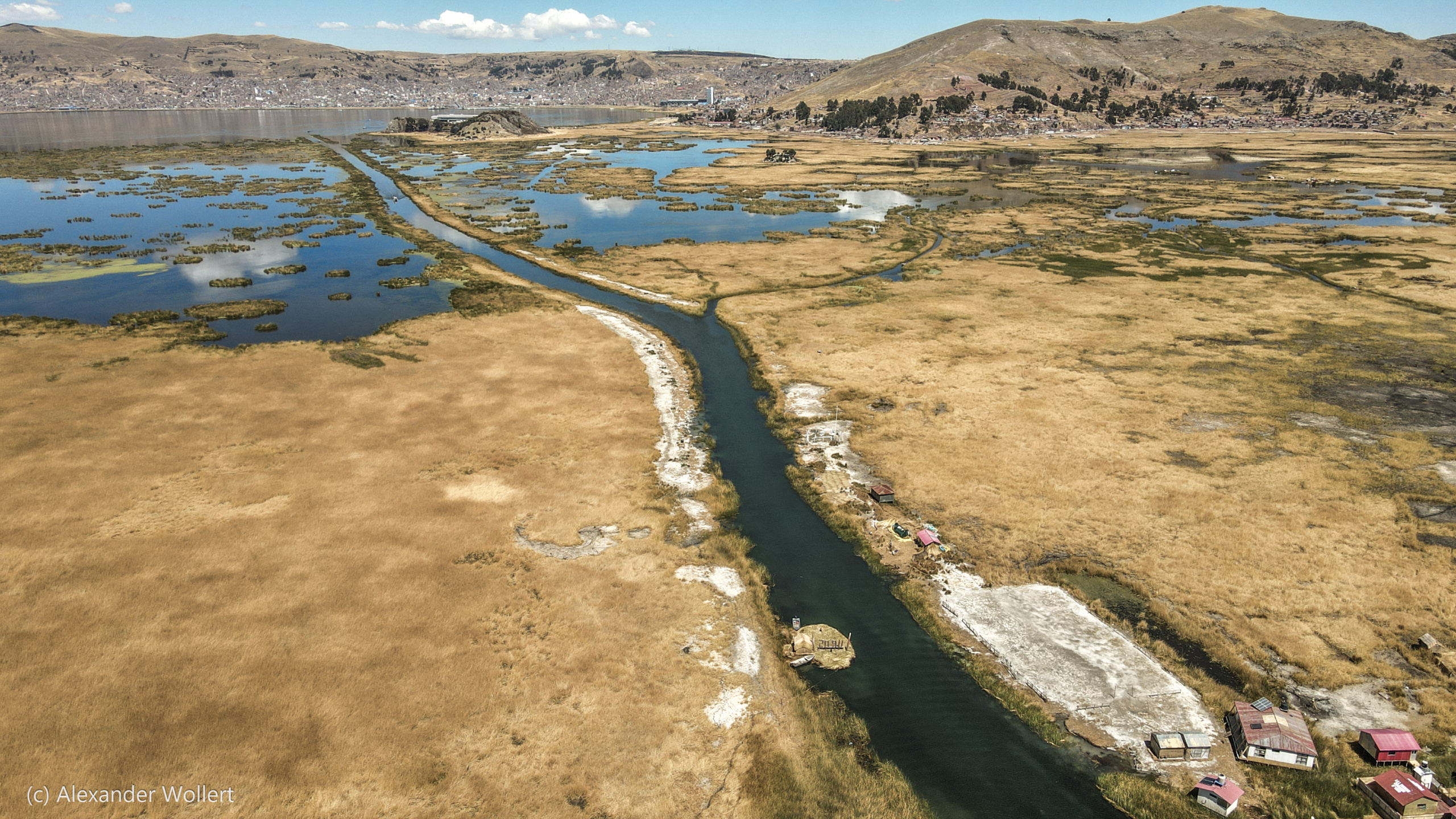

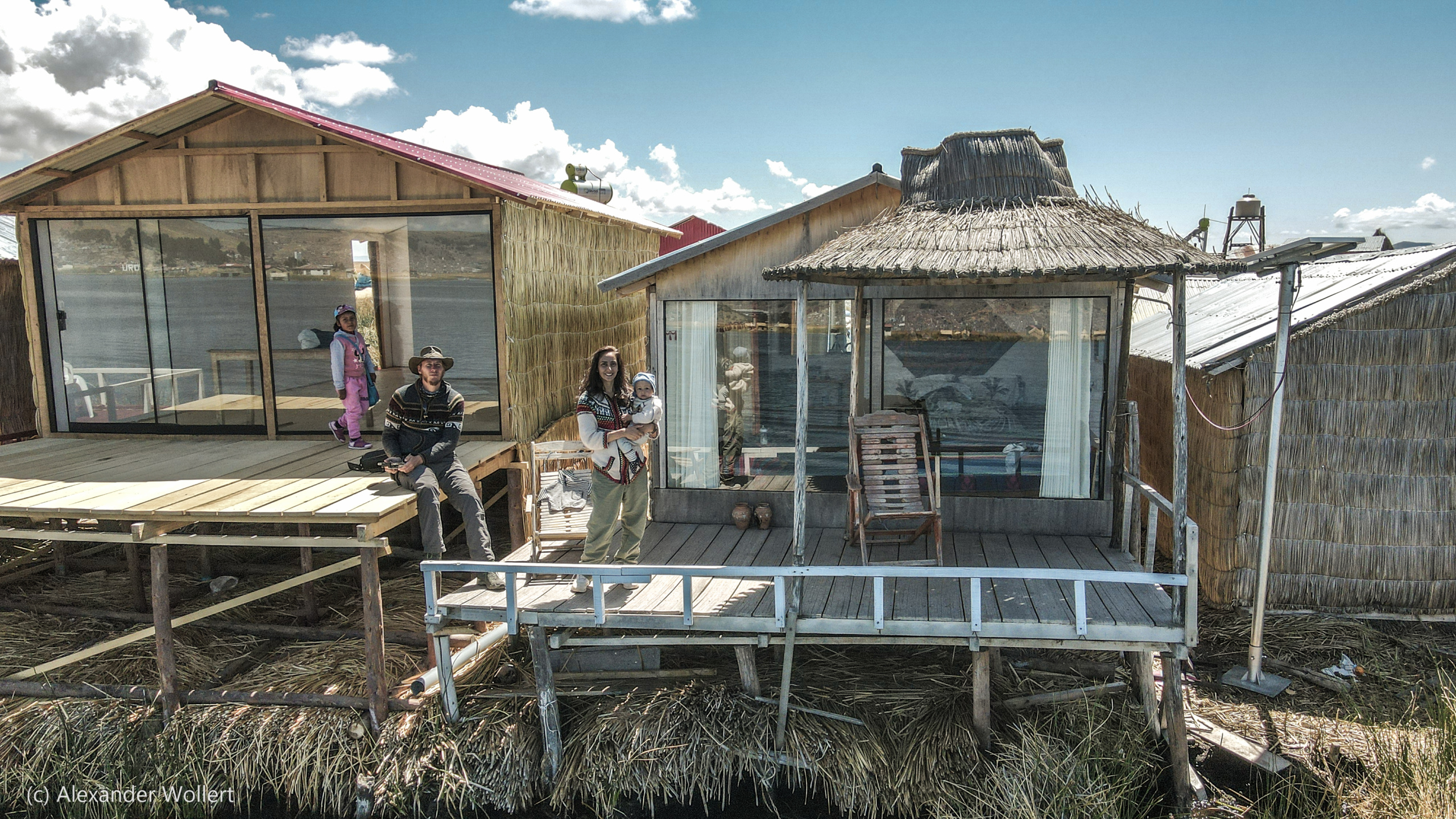


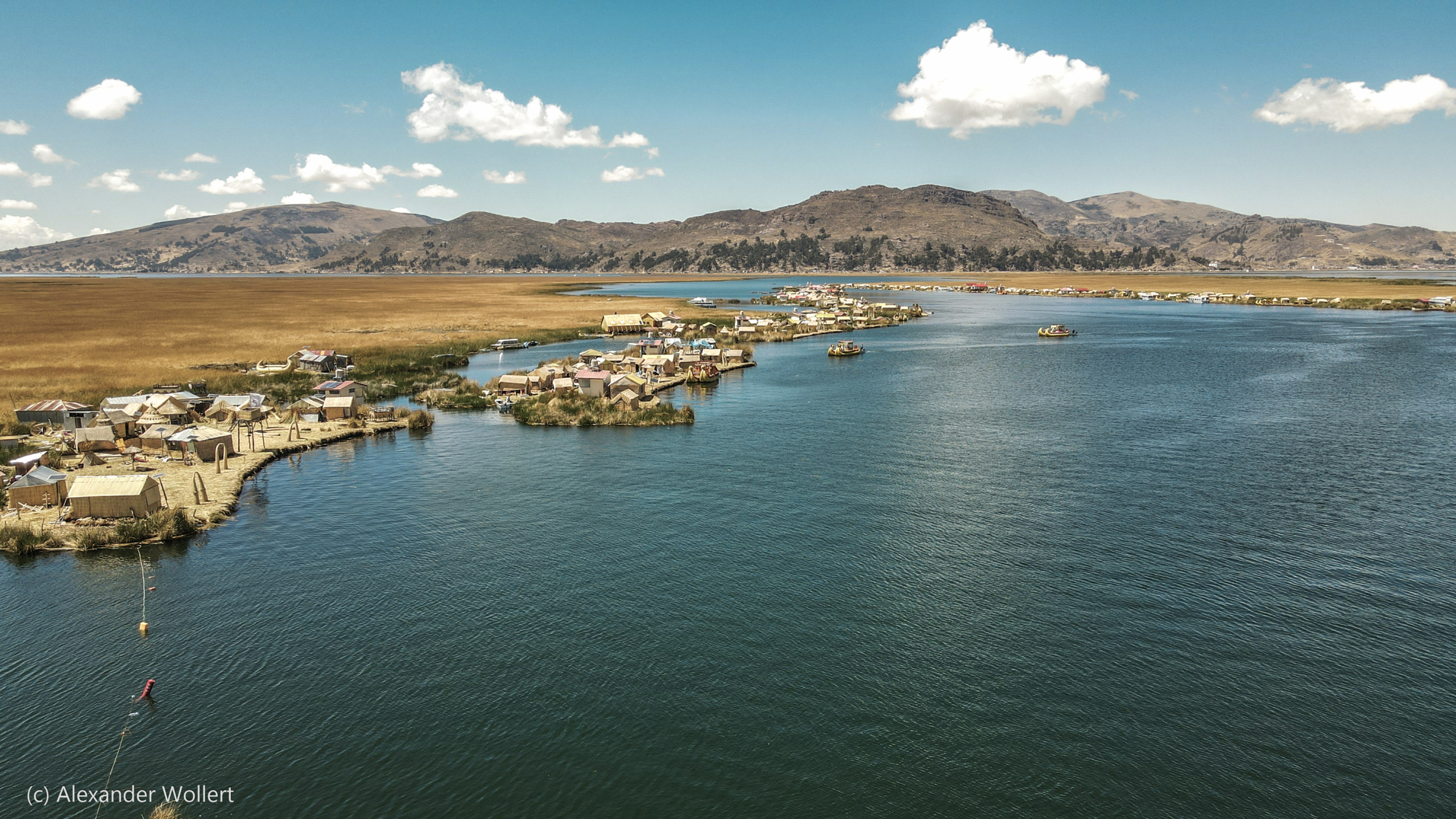
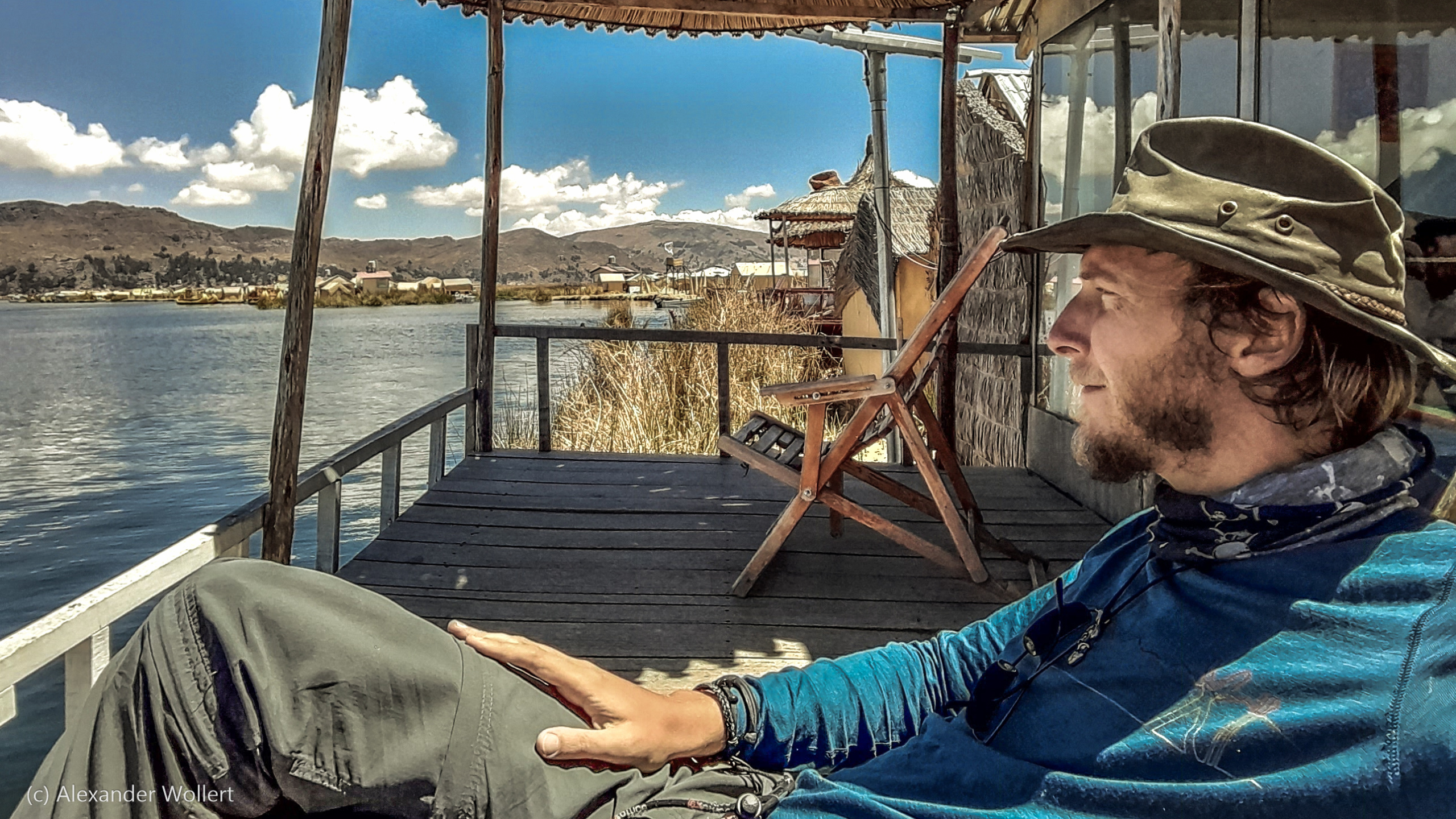

I ask about the purpose of the big catamarans made of rushes and get the sobering answer that they only came into existence in the 90s, inspired by the Kon Tiki, and that large hordes of tourists can cruise the lake in style. Rubens shows us where and how the reeds are harvested and explains how the islands get a new layer of it twice a month.
We learn a lot during the days on the Uros Islands.
Rubens takes us in his boat and shows us where the reeds grow and how they are harvested. He also tells us the story of his people who retreated to the lake from the enemies and lived there by fishing and eggs and hunting birds. Many impressions stick with us when we finally set foot on the mainland again and start our onward journey over the Altiplano over the height of the Andes.
